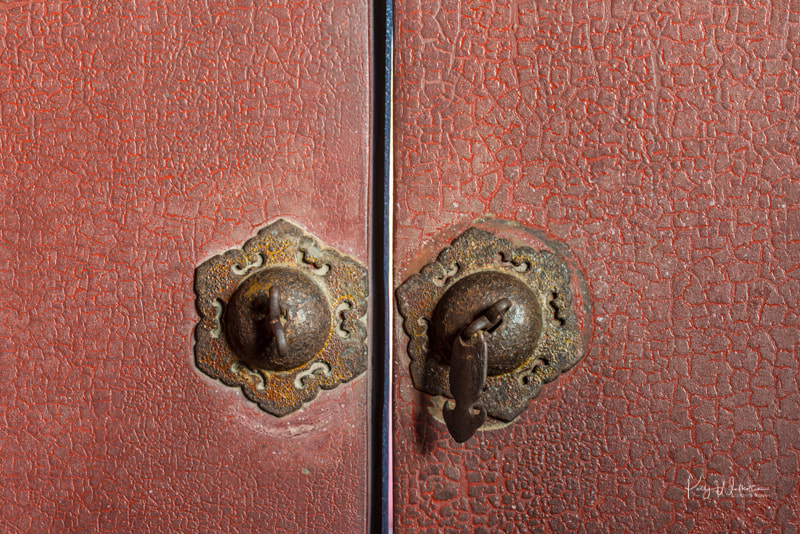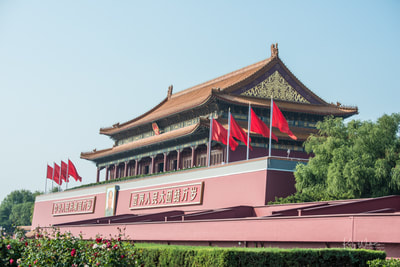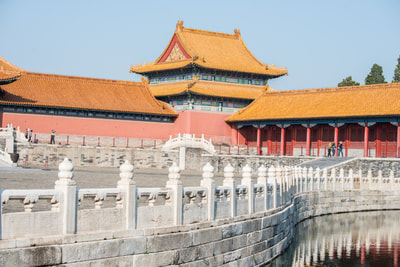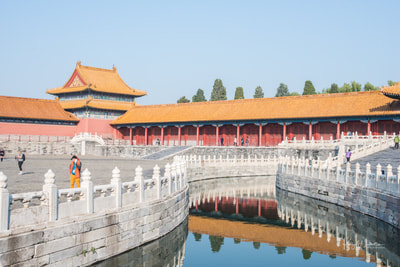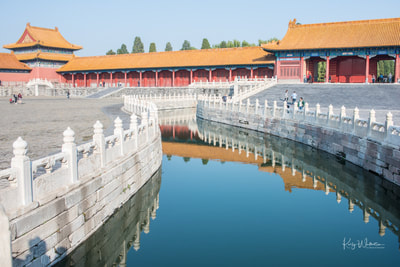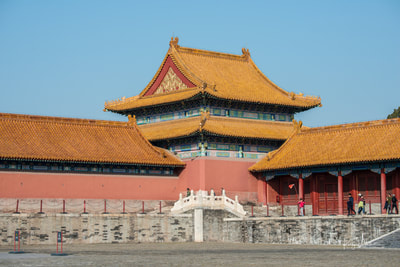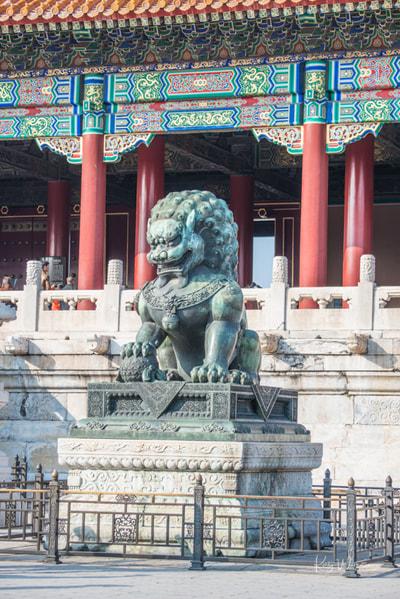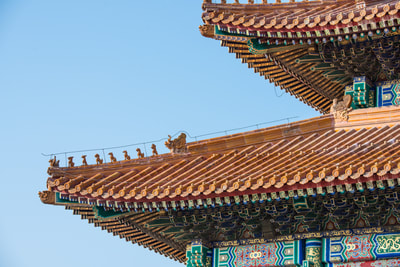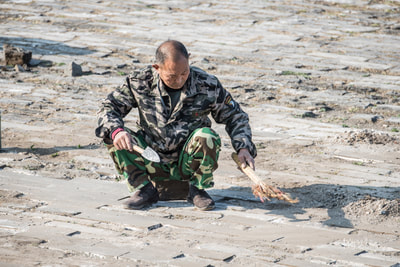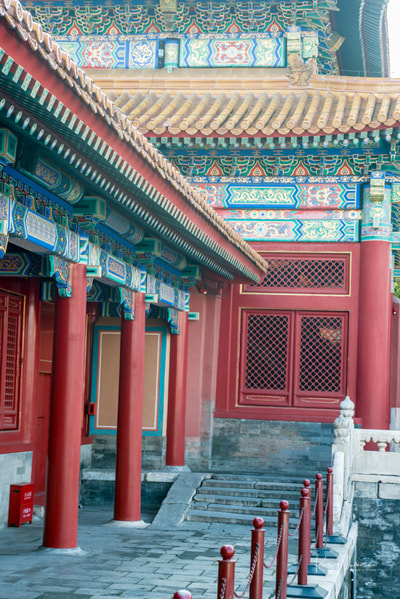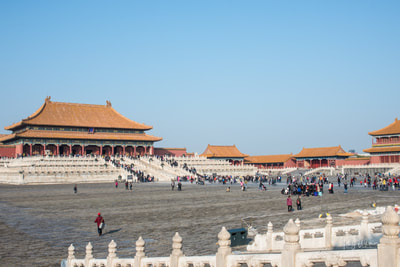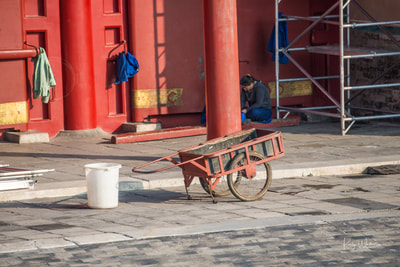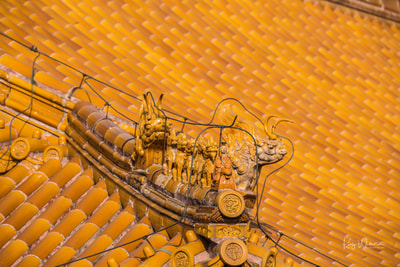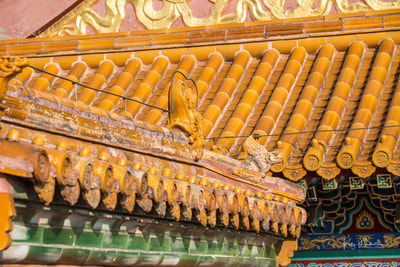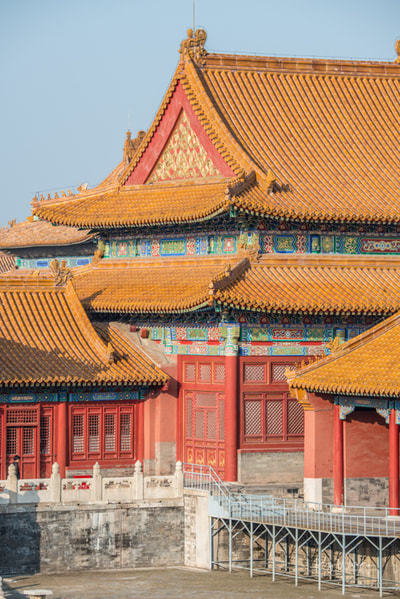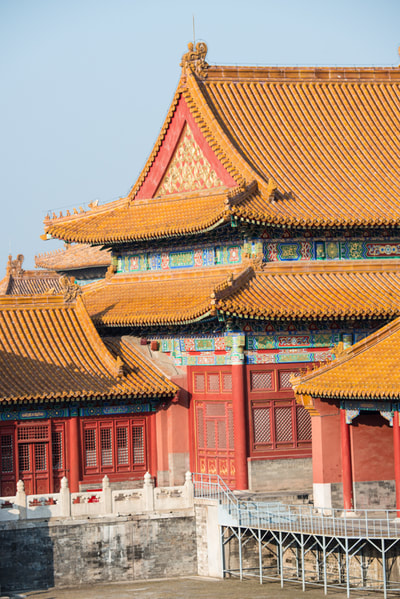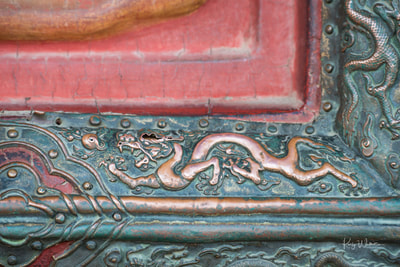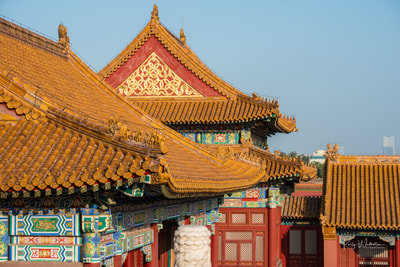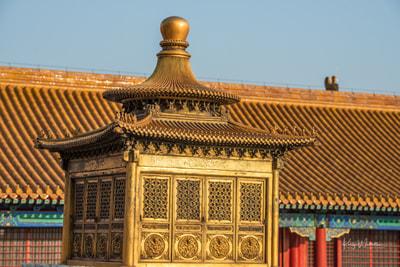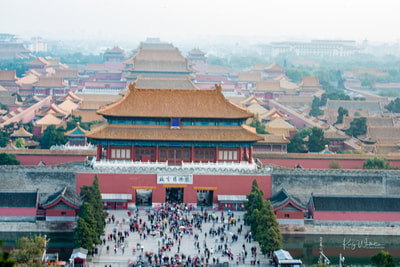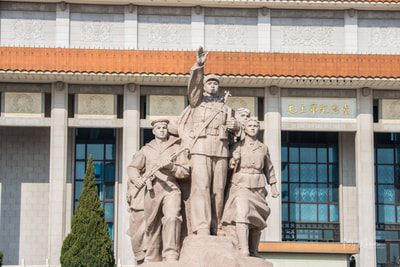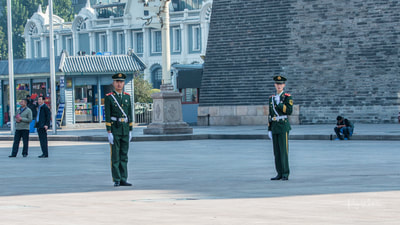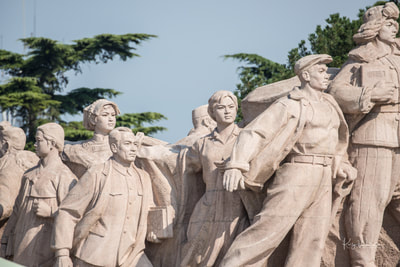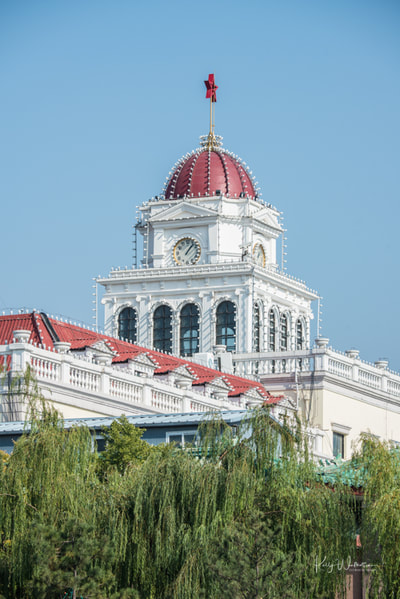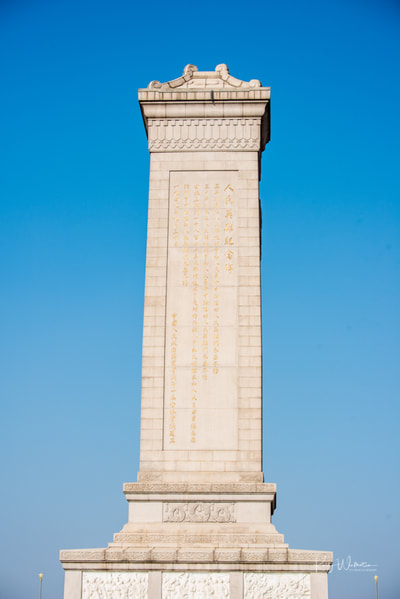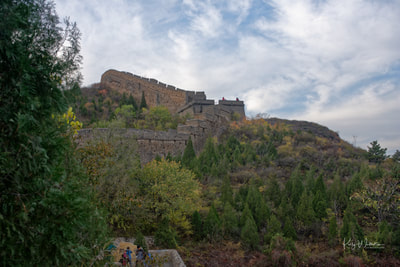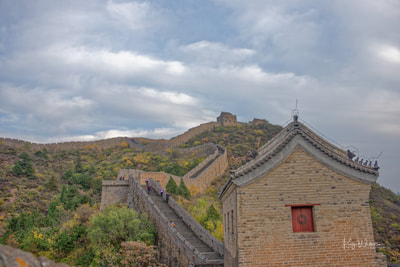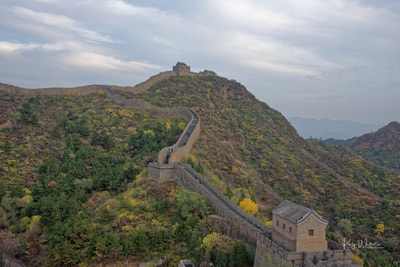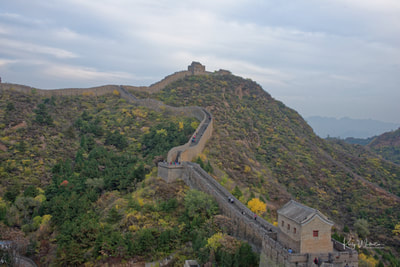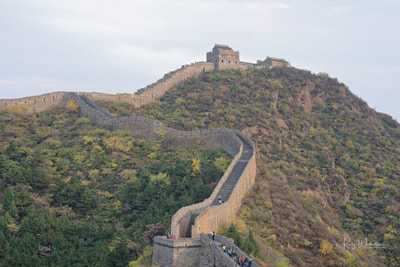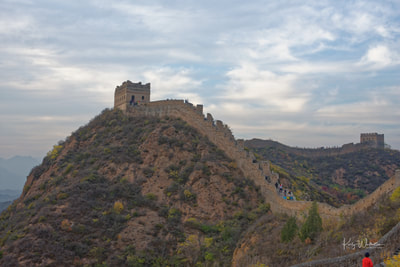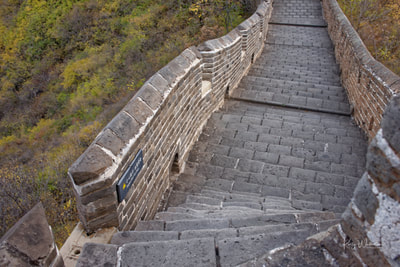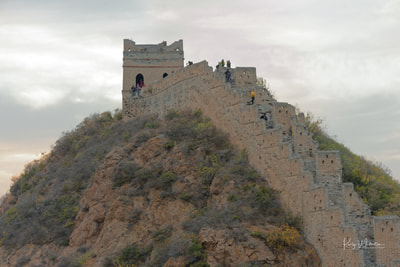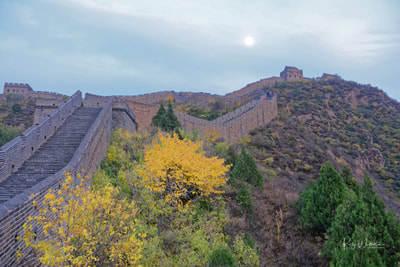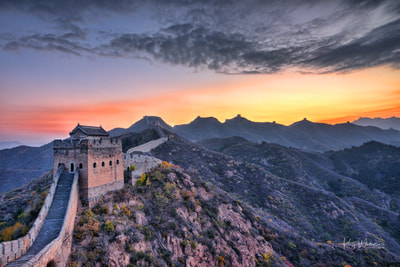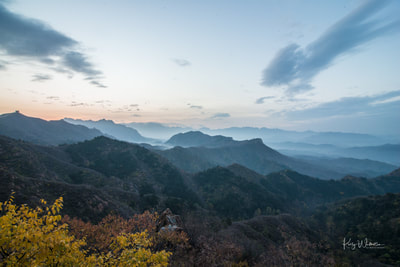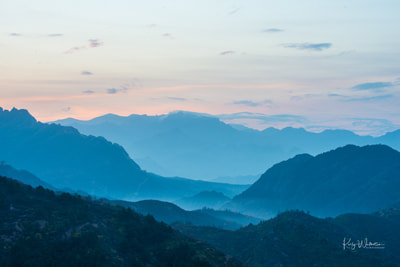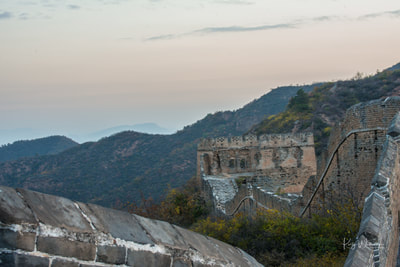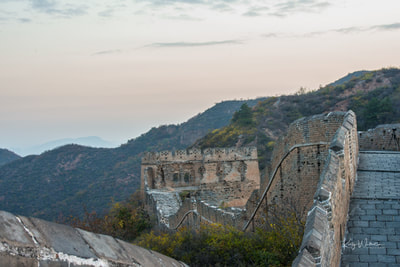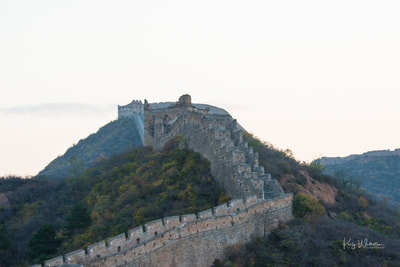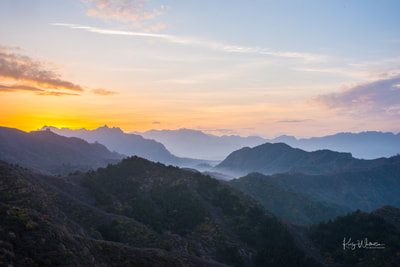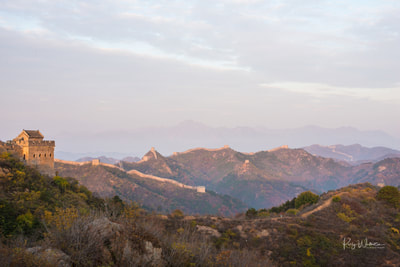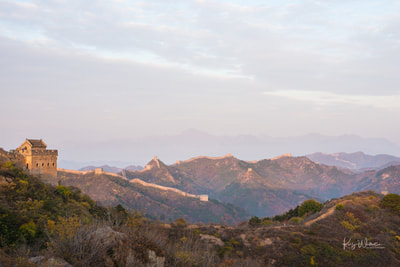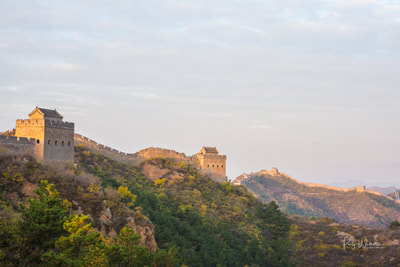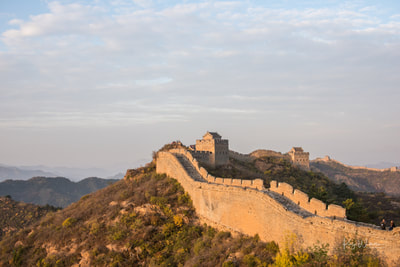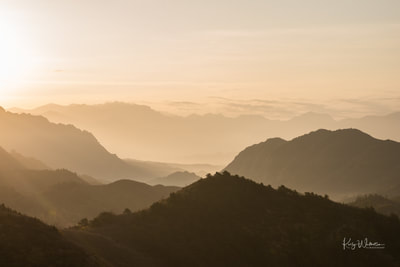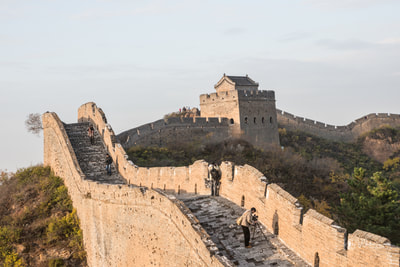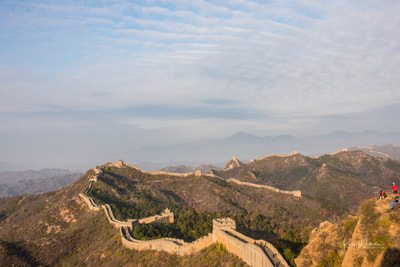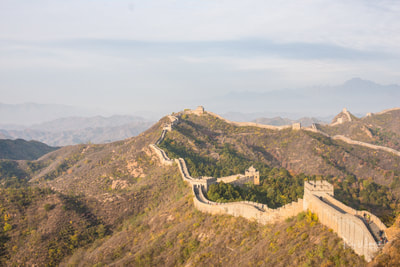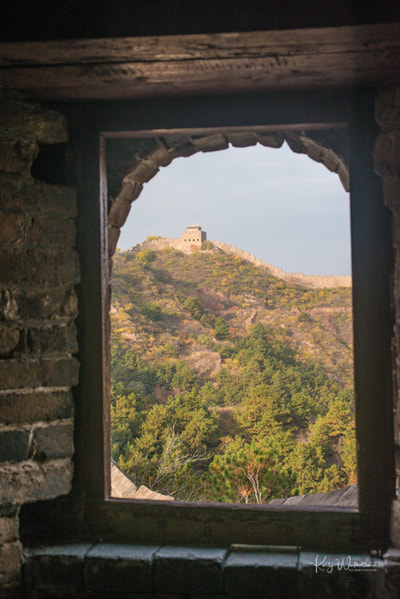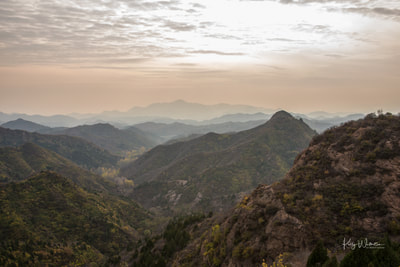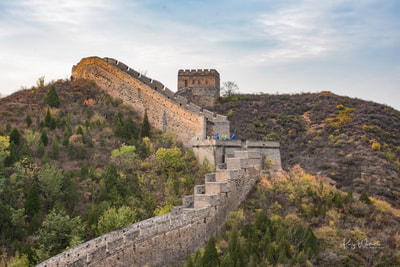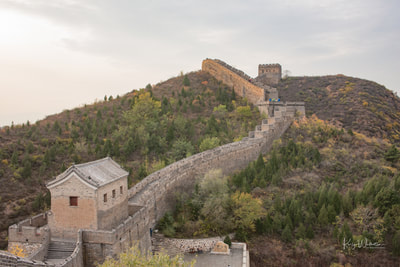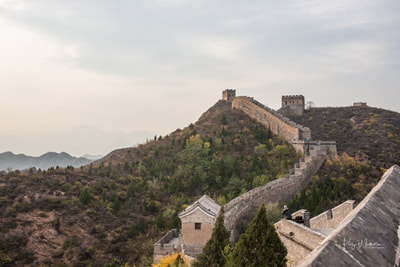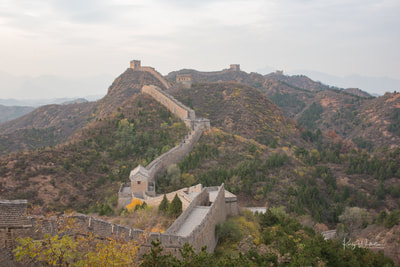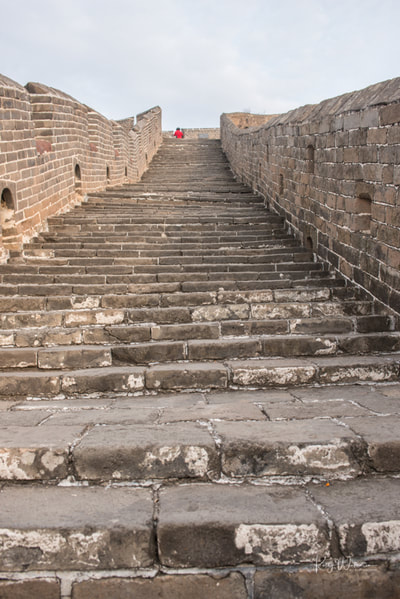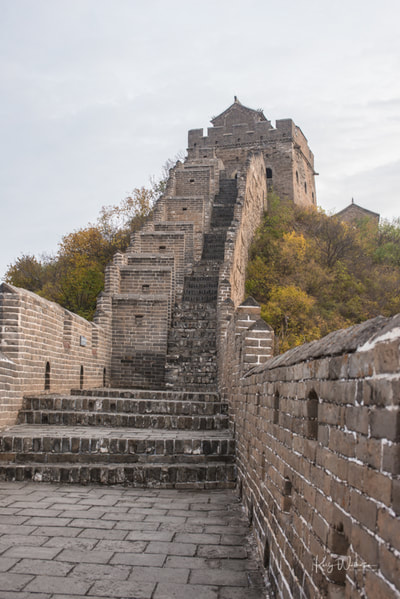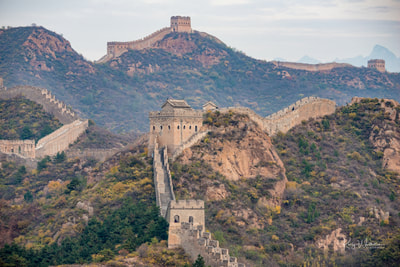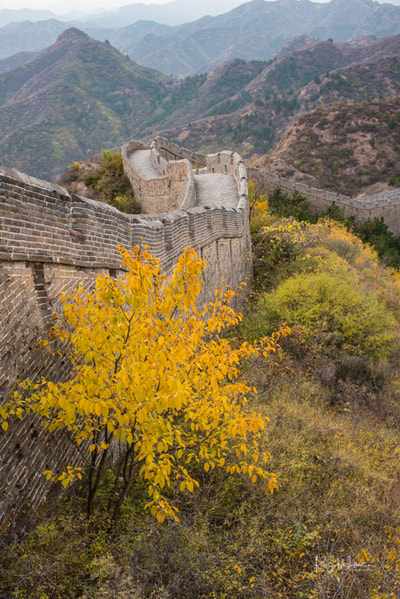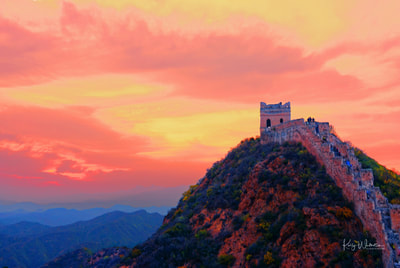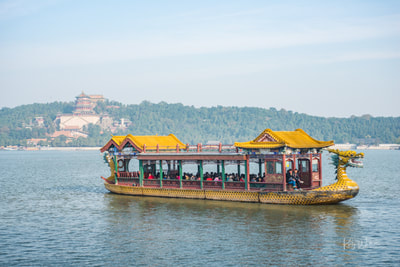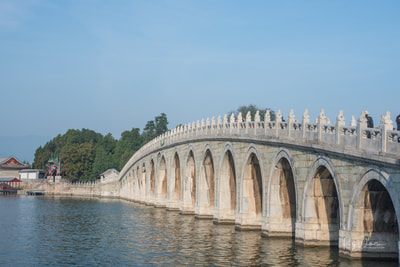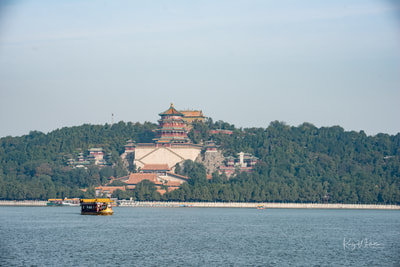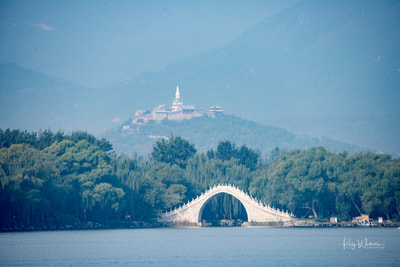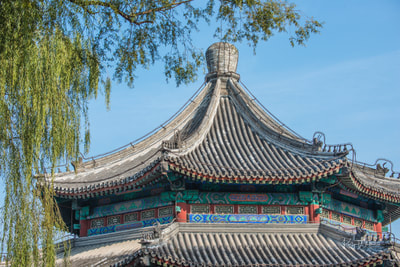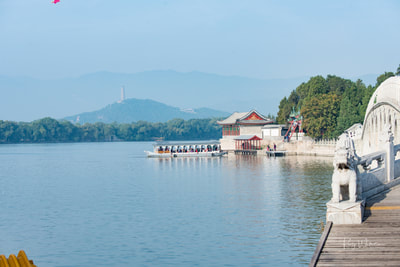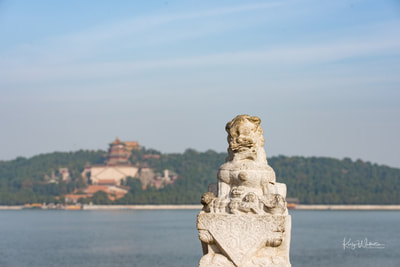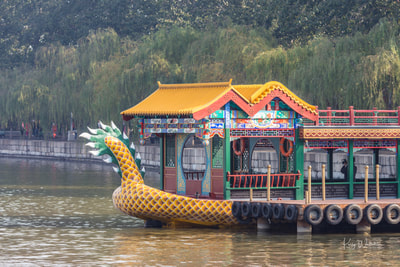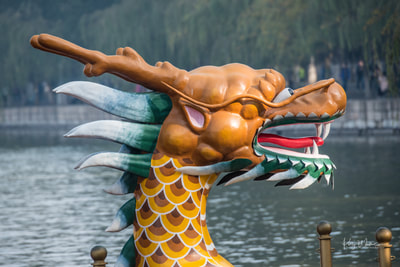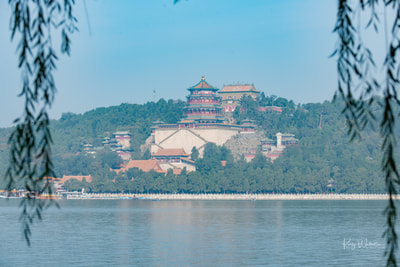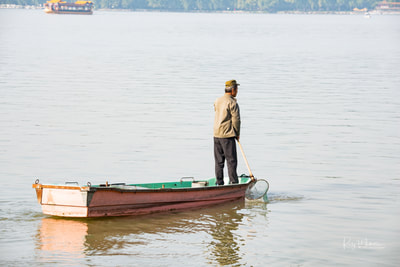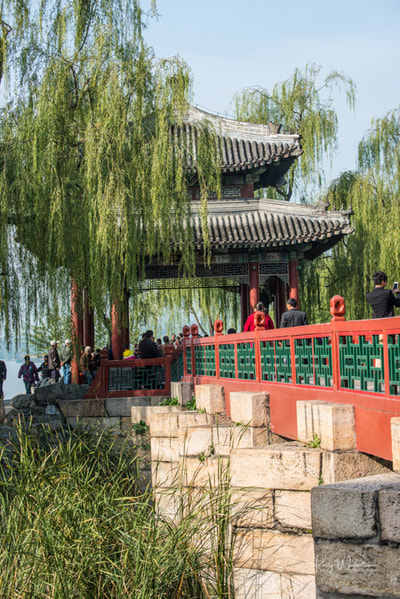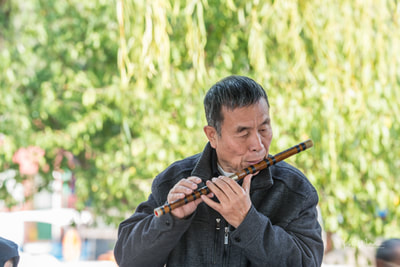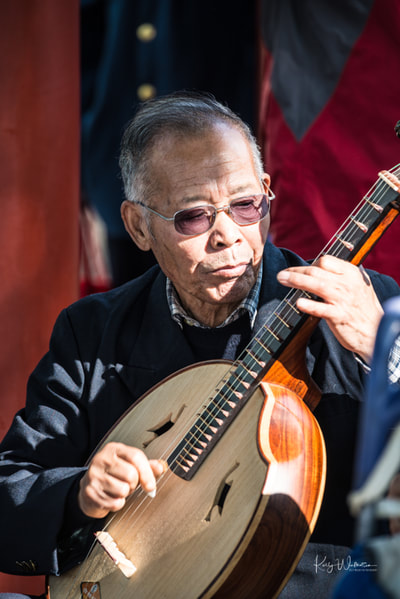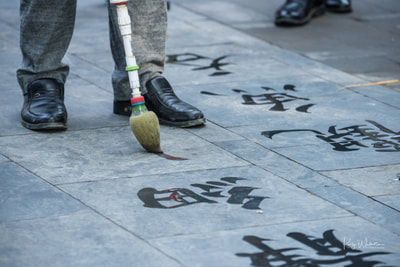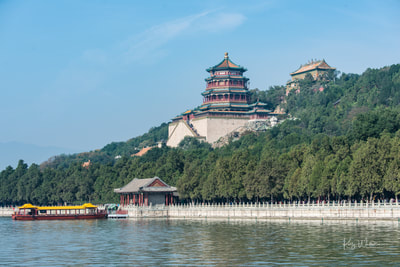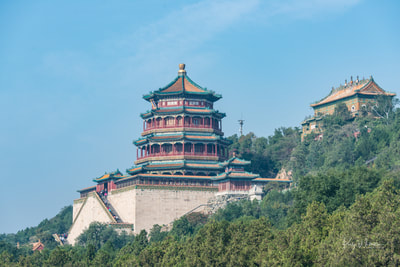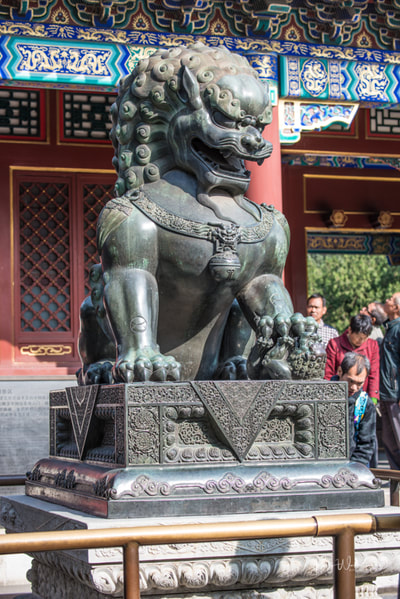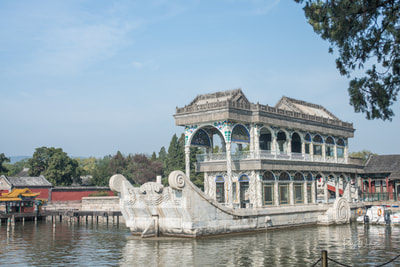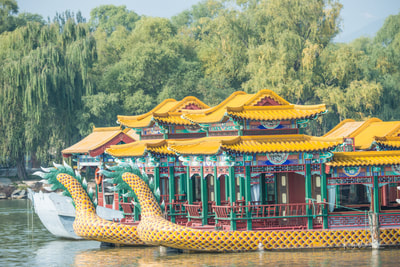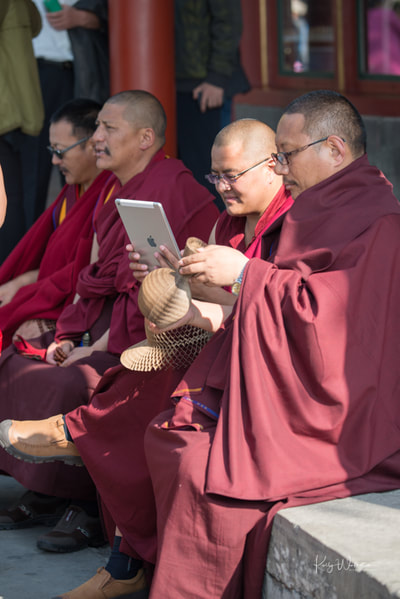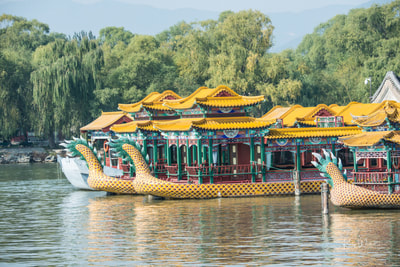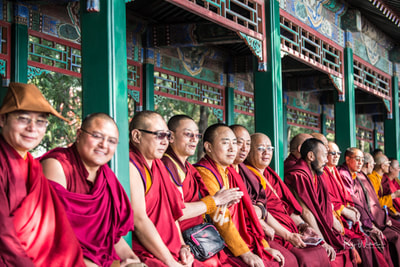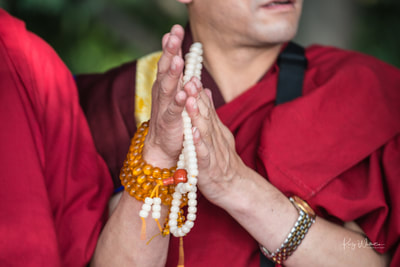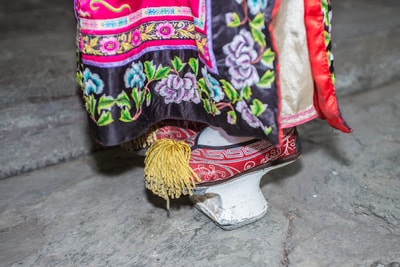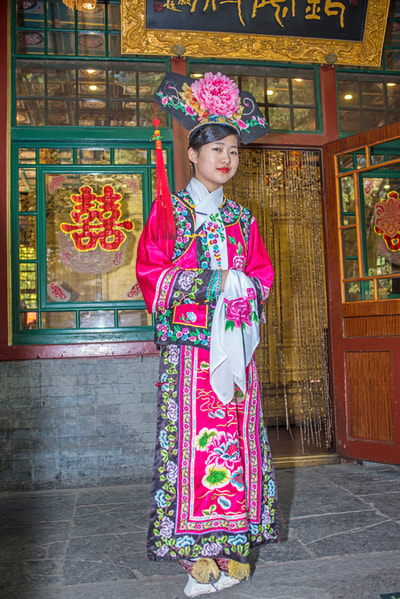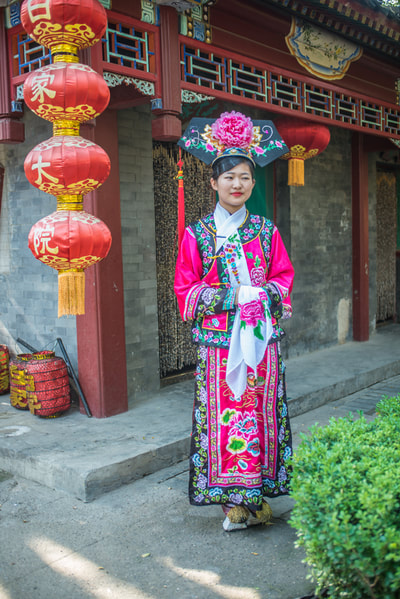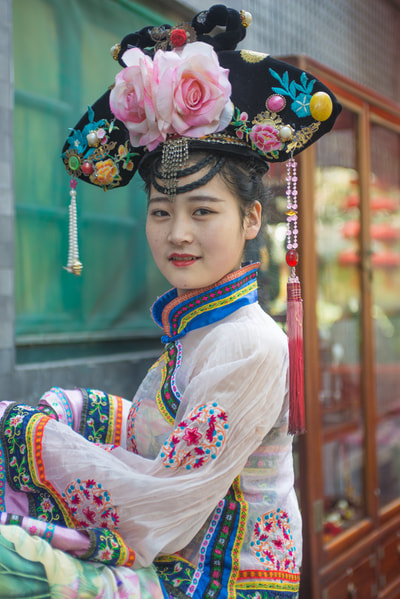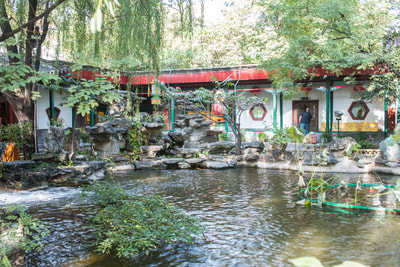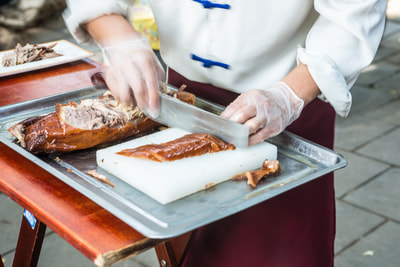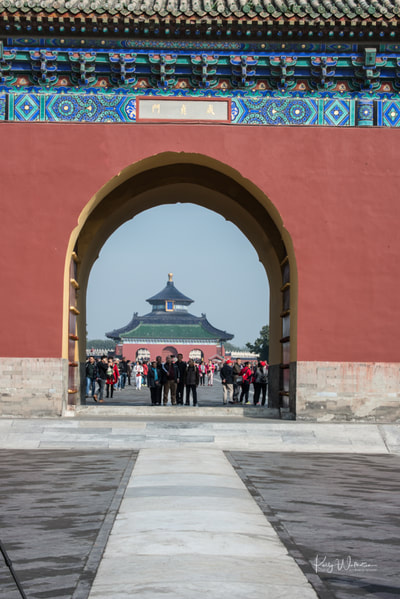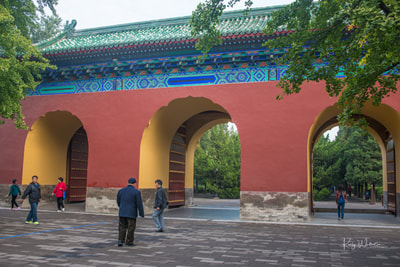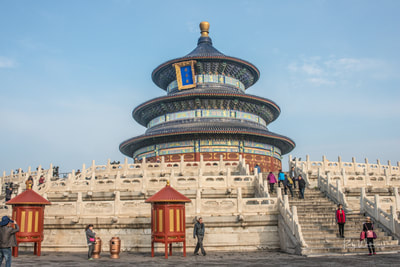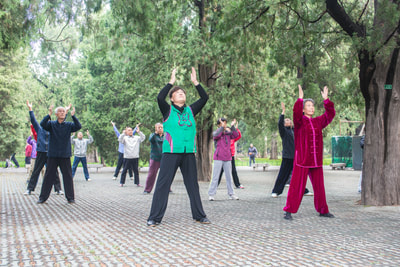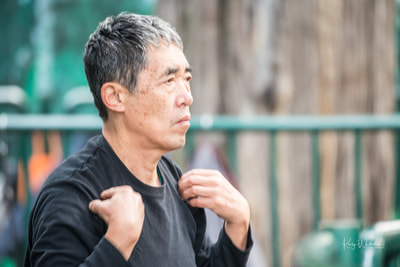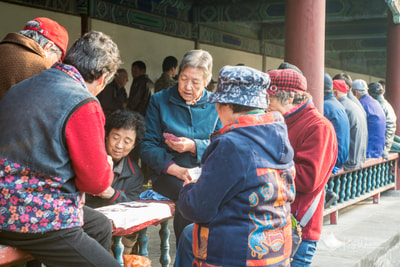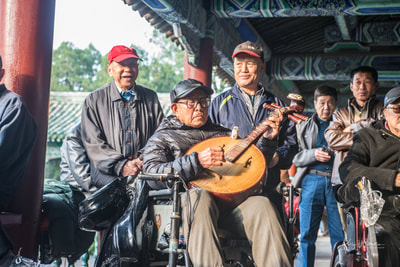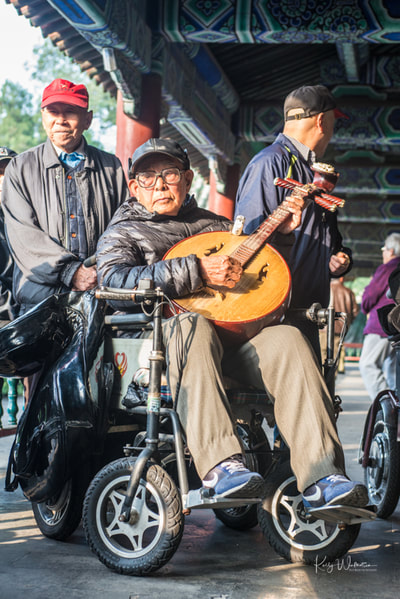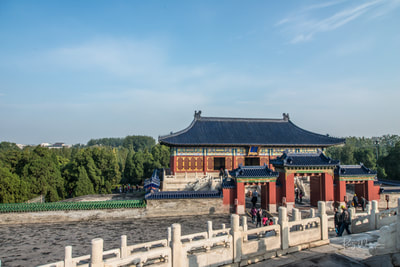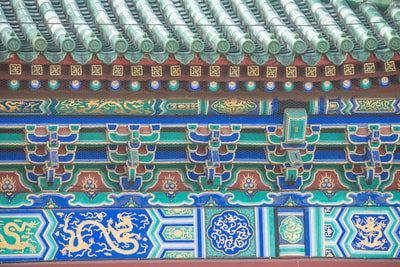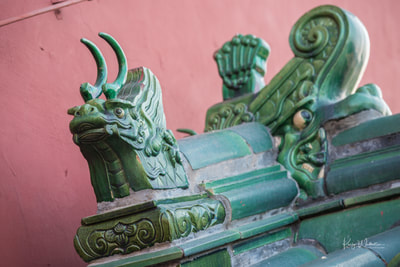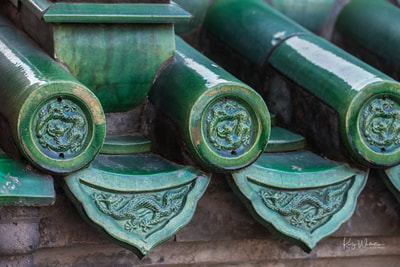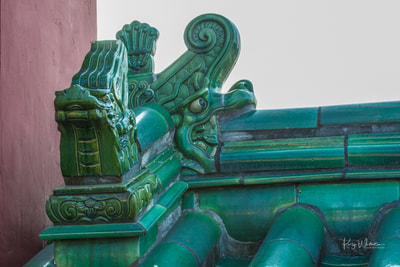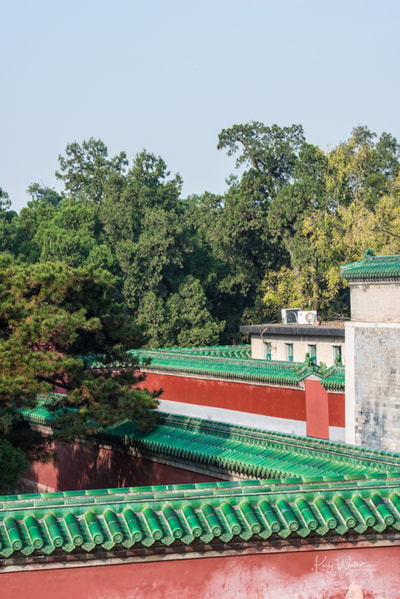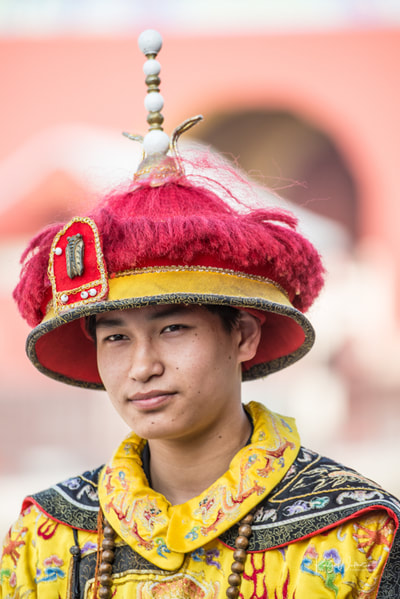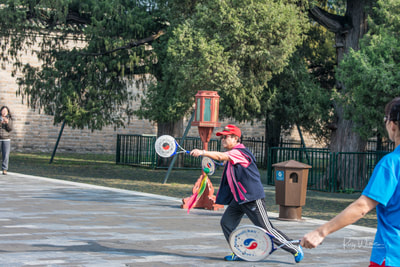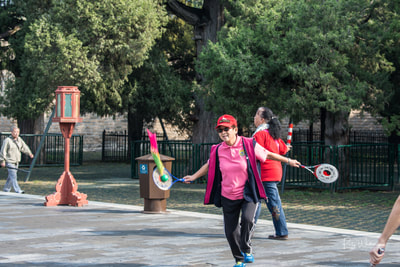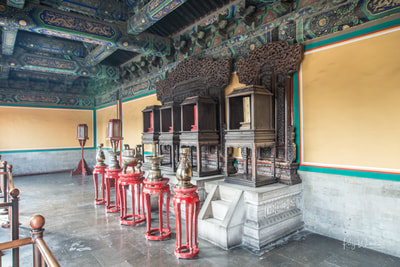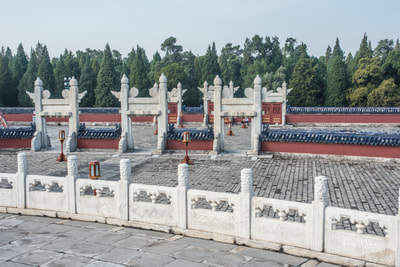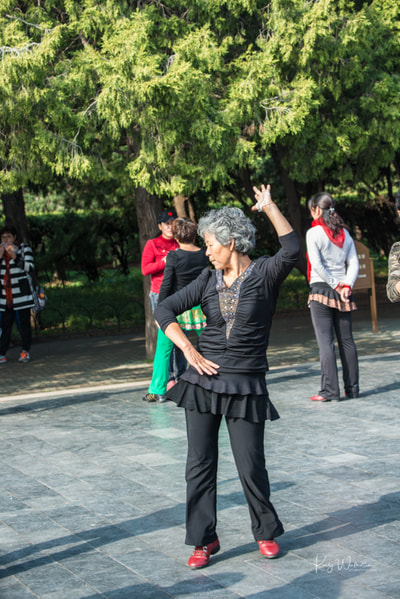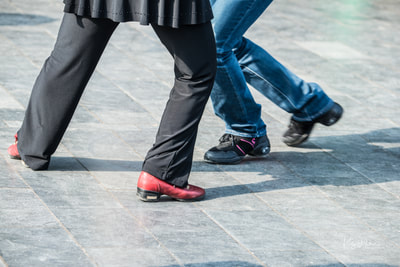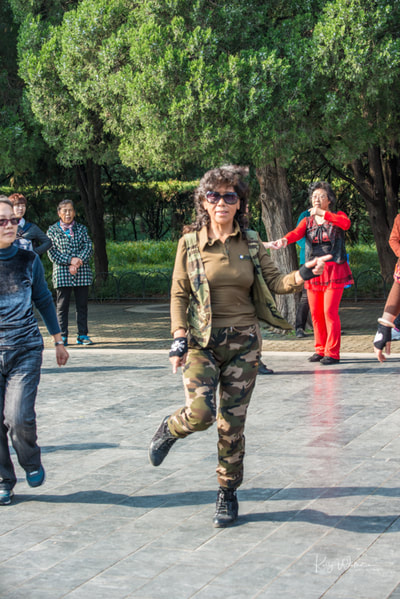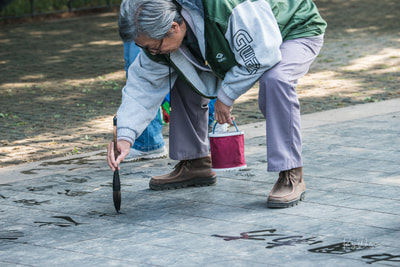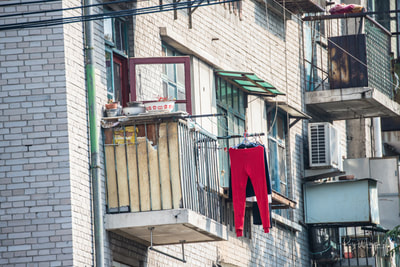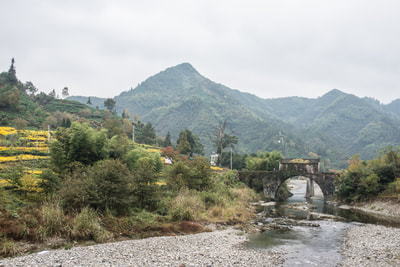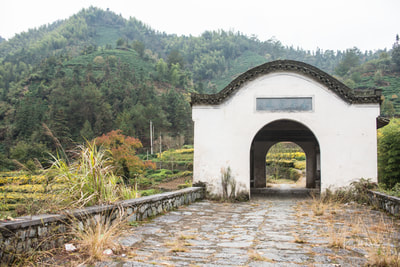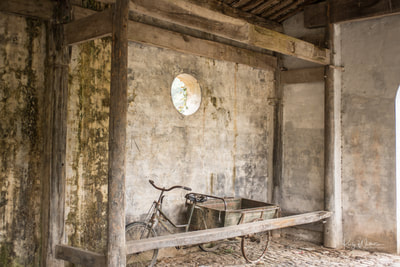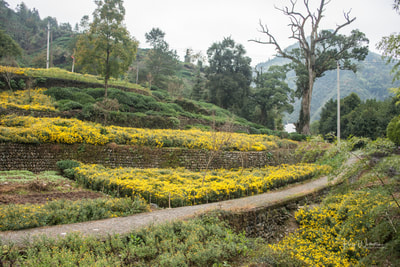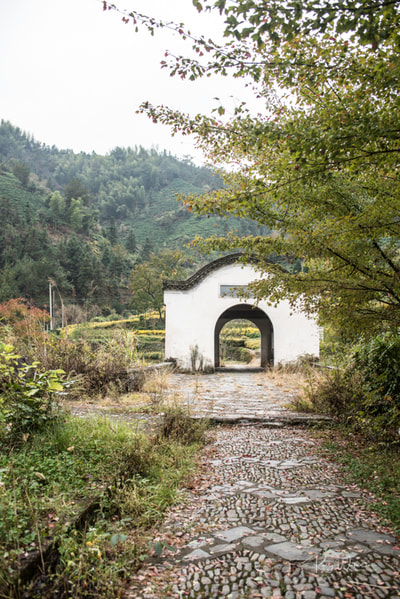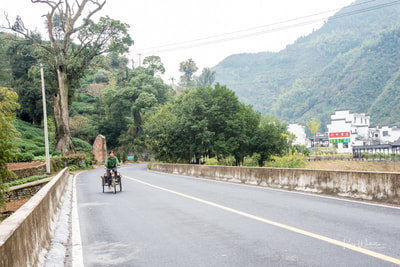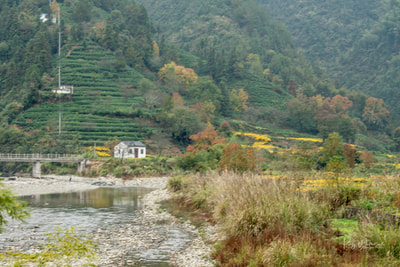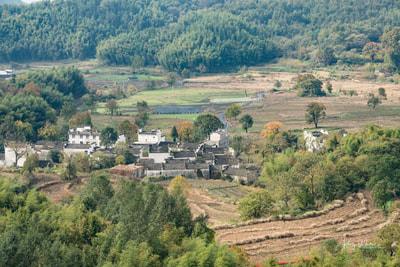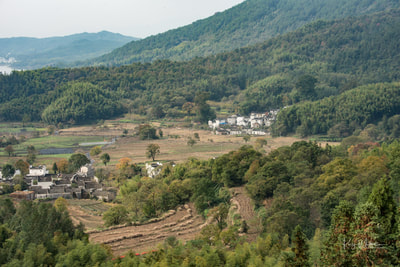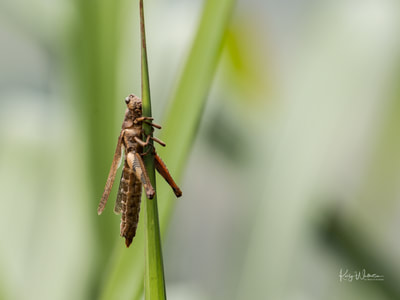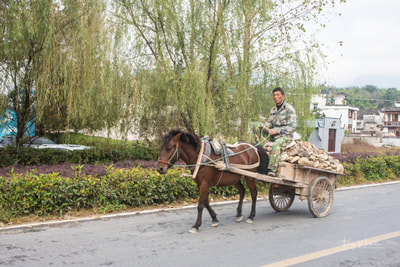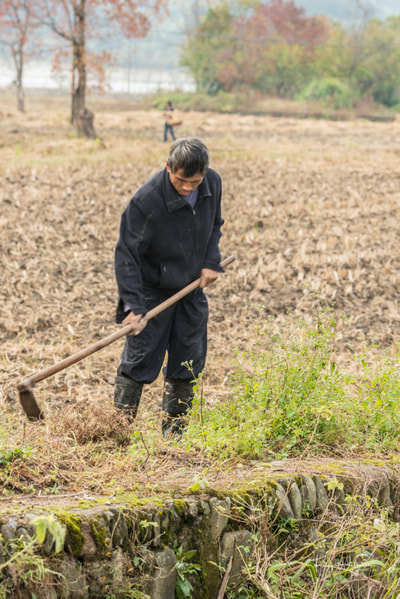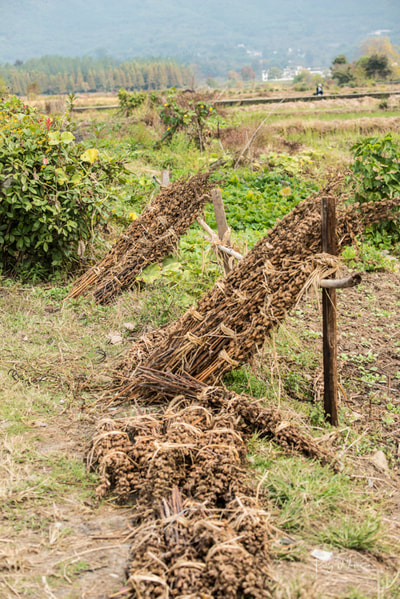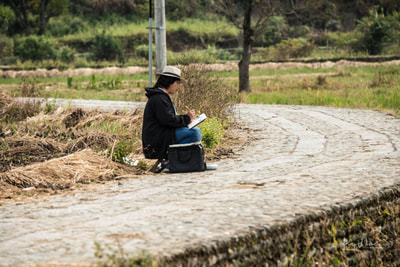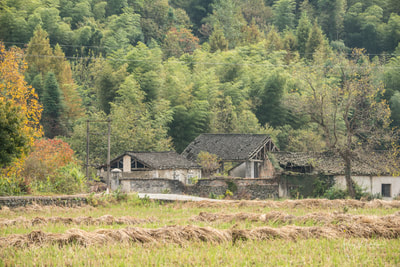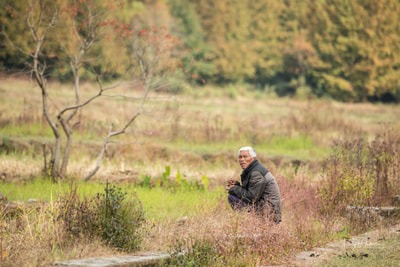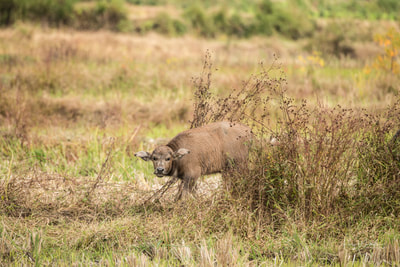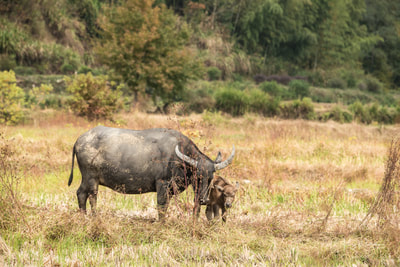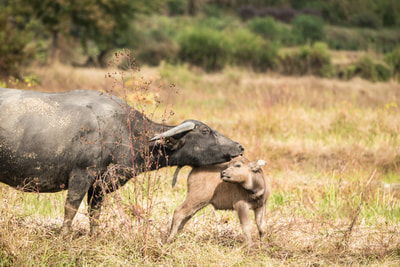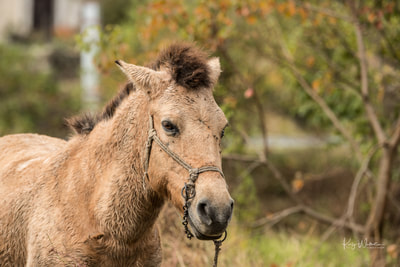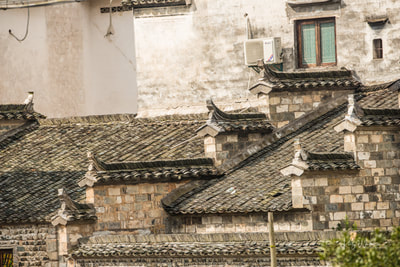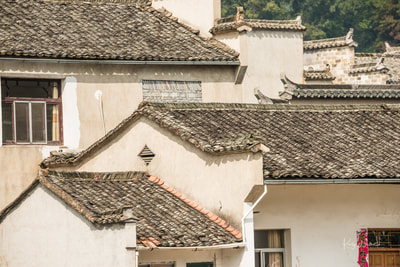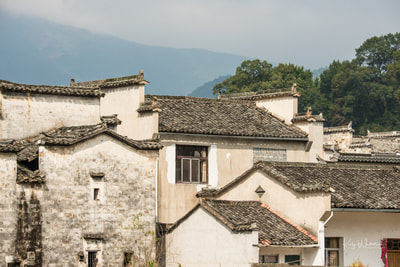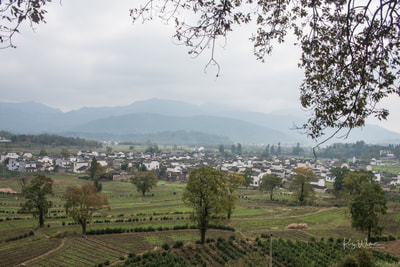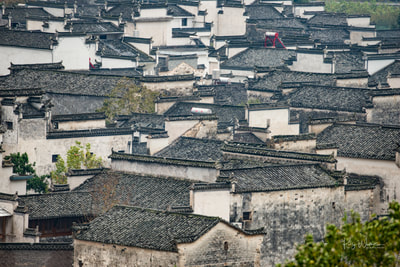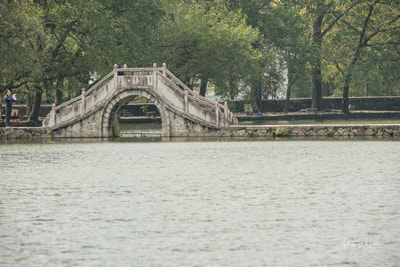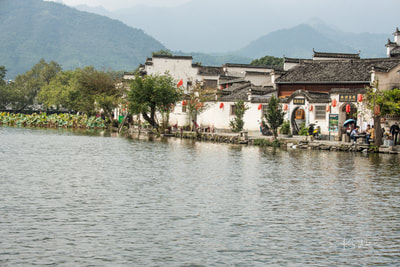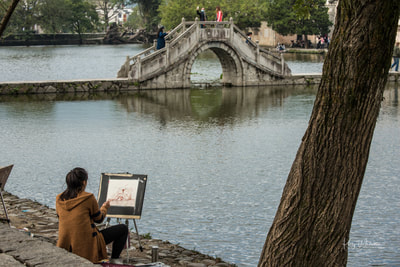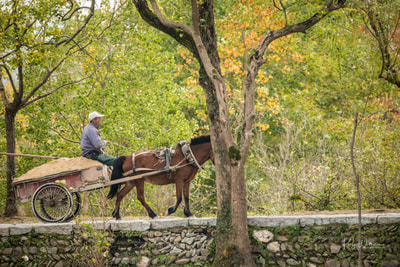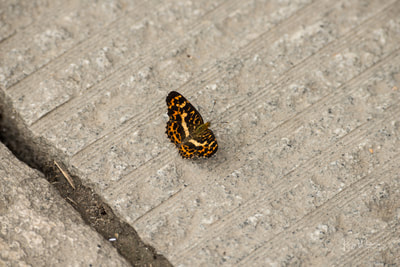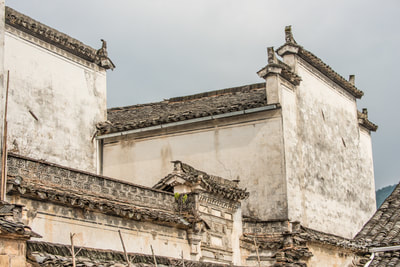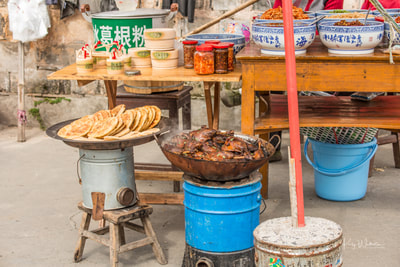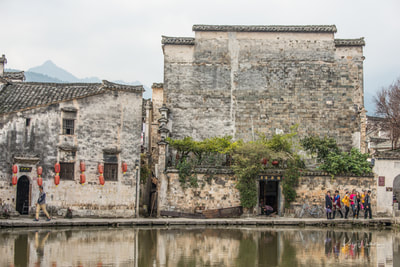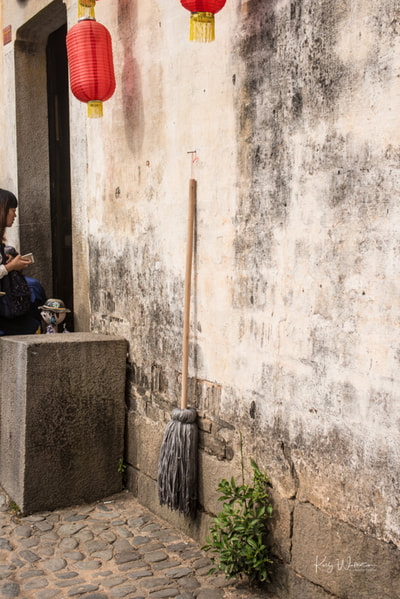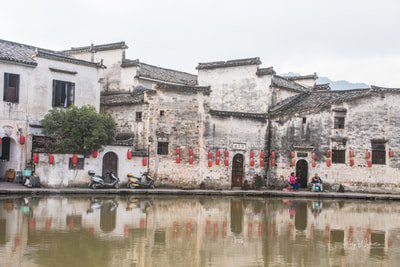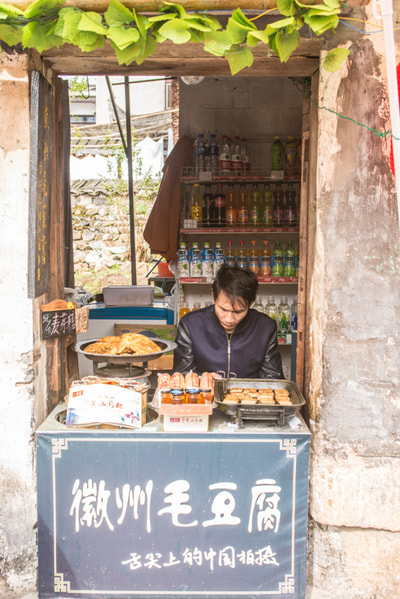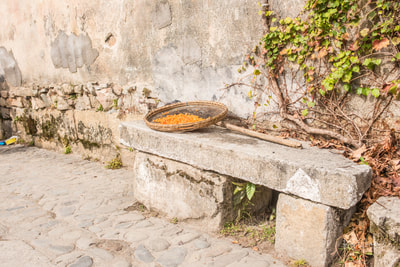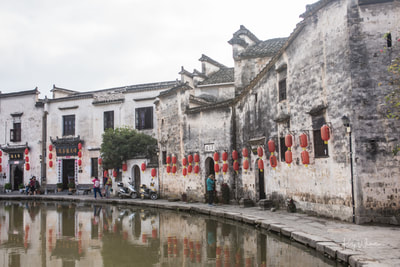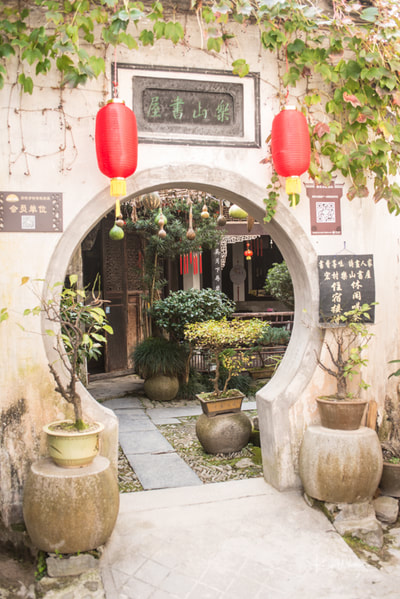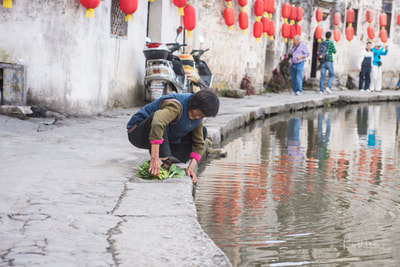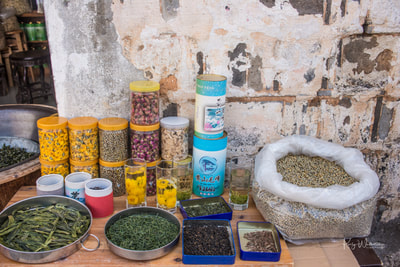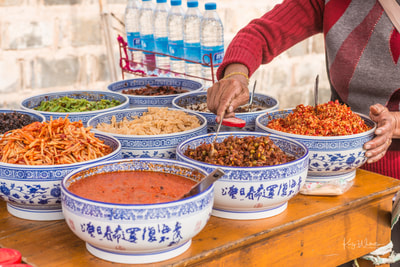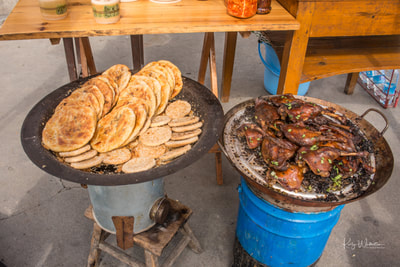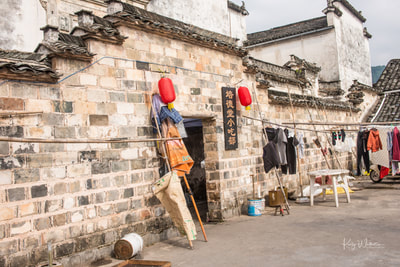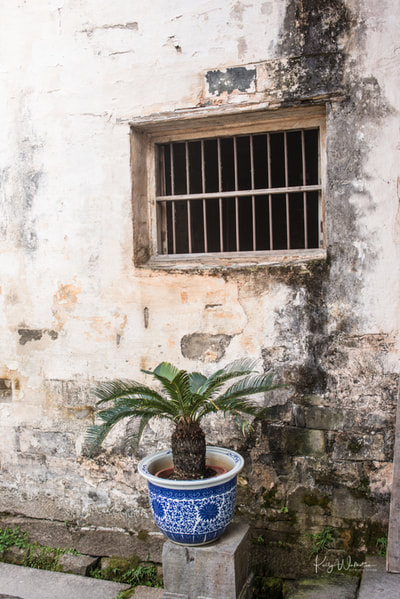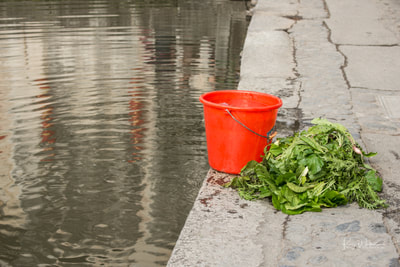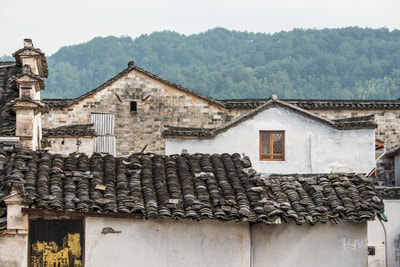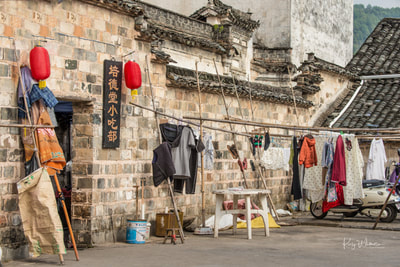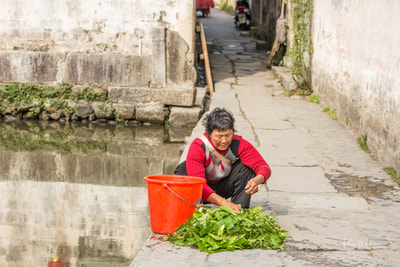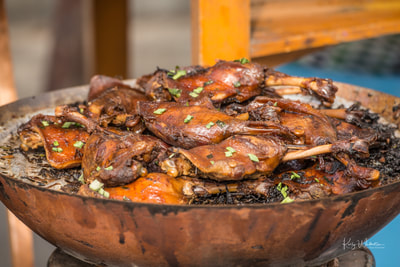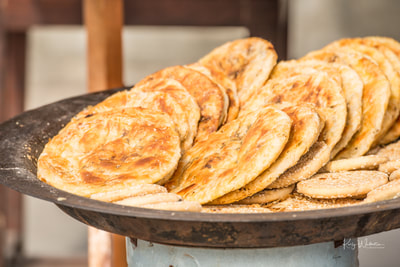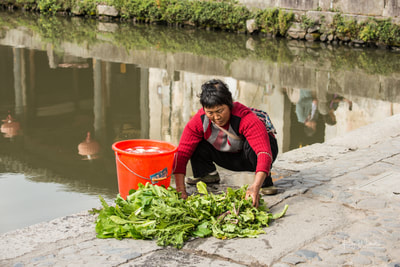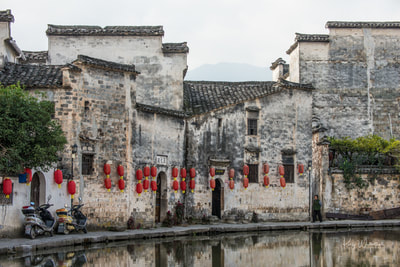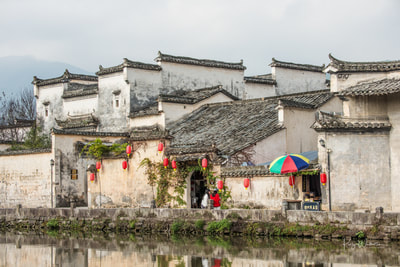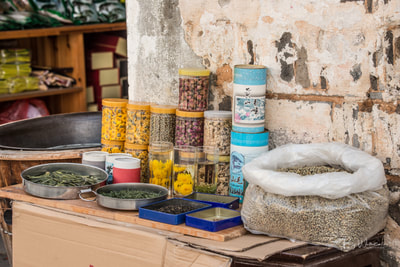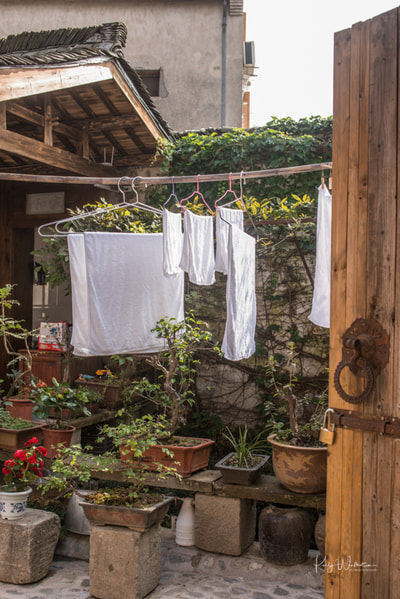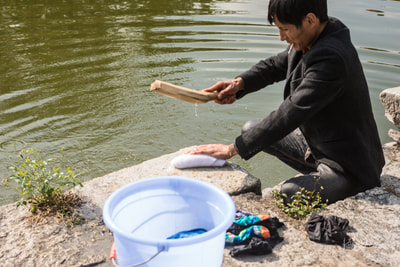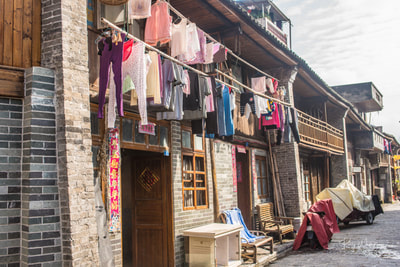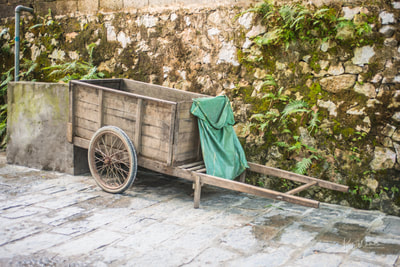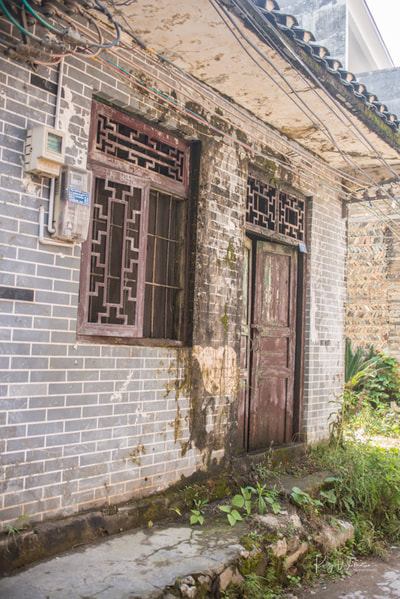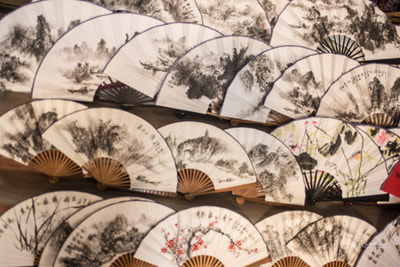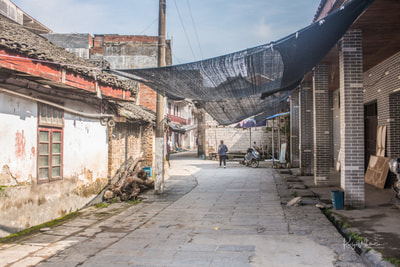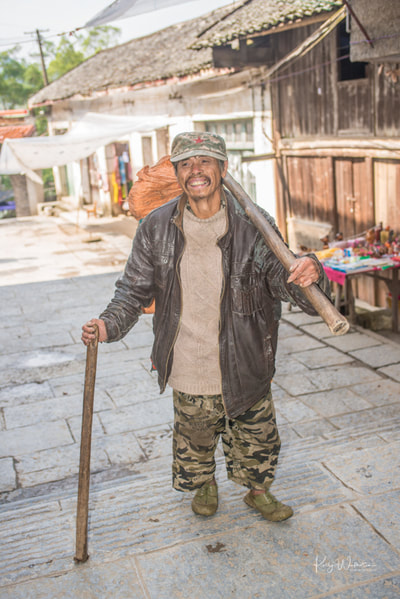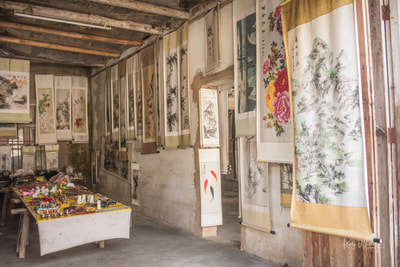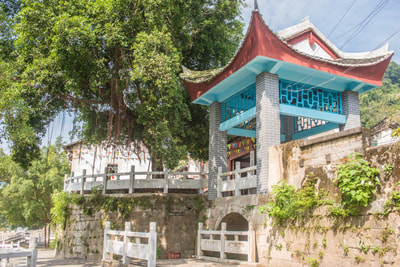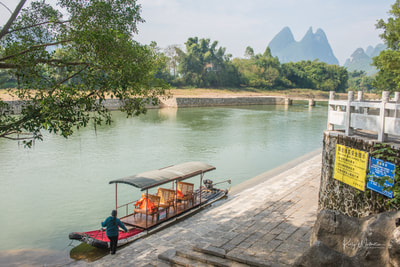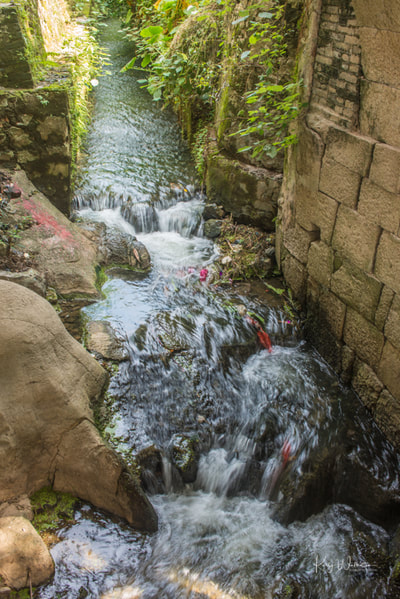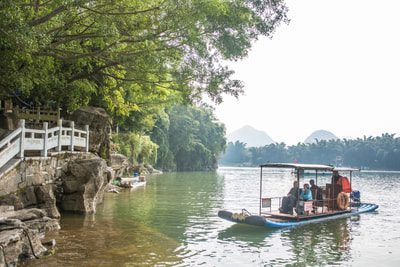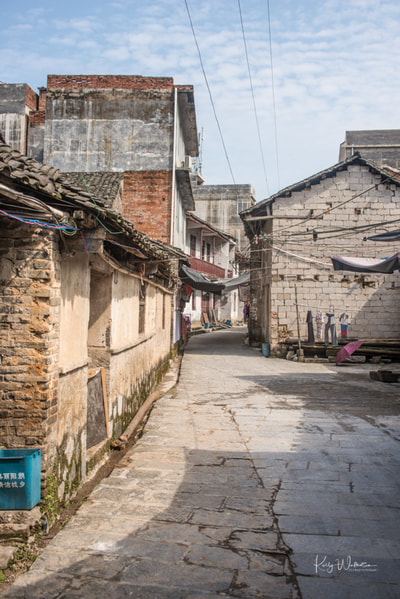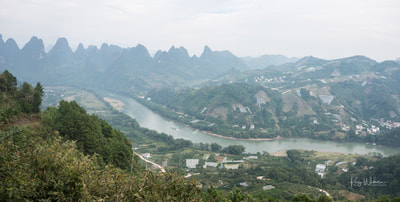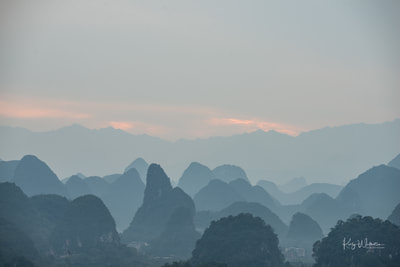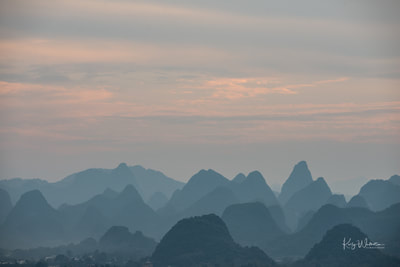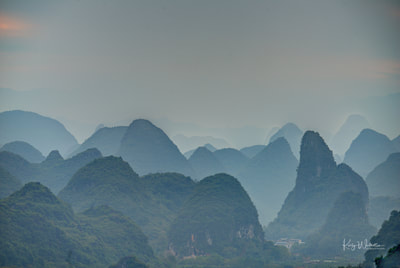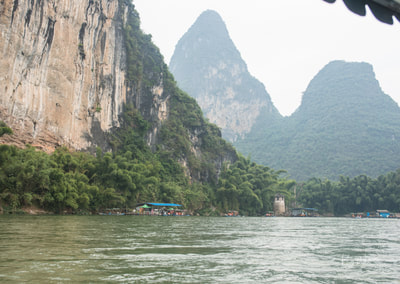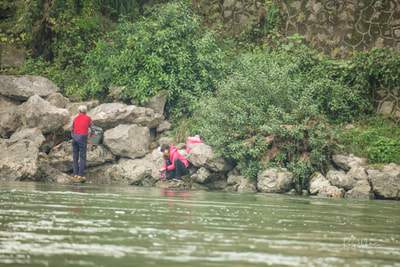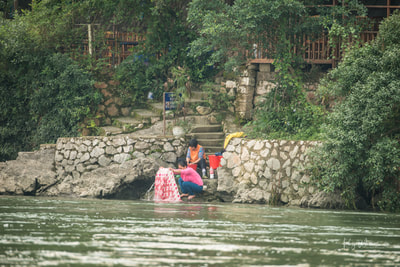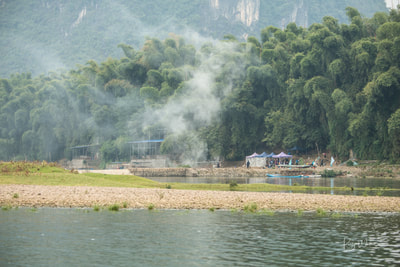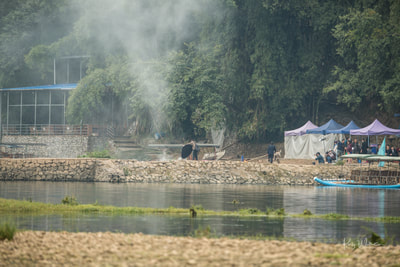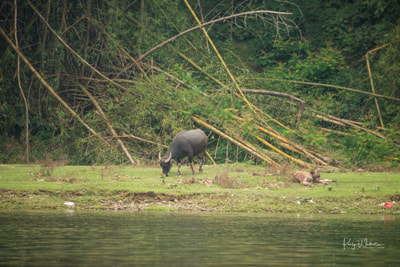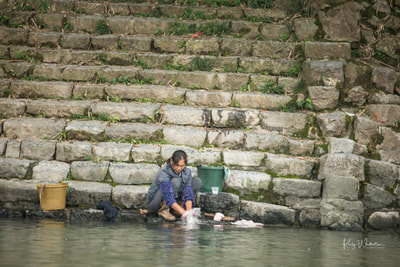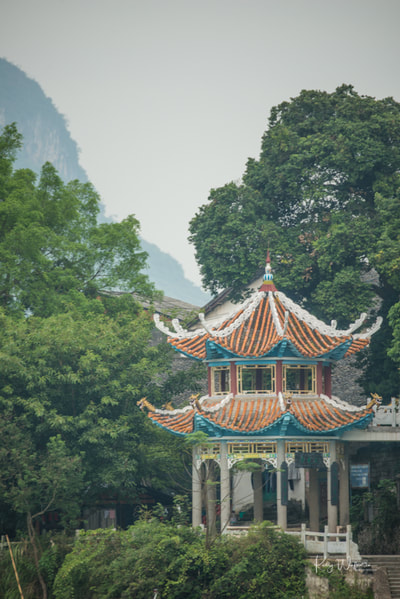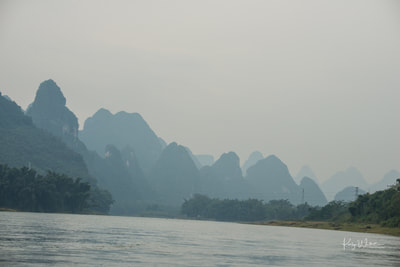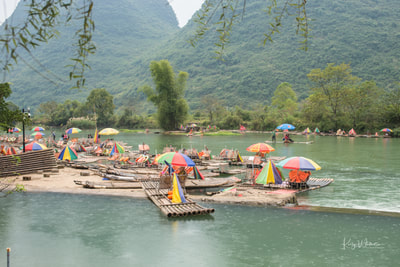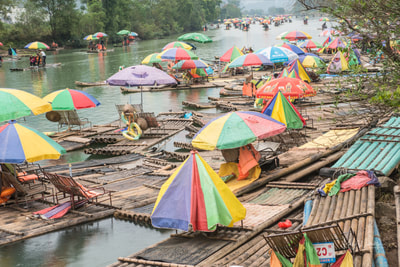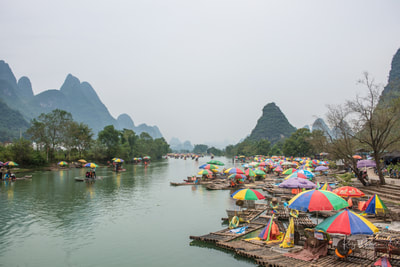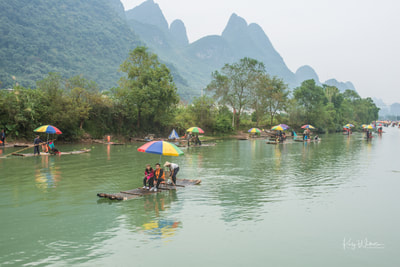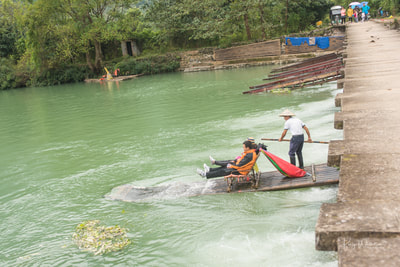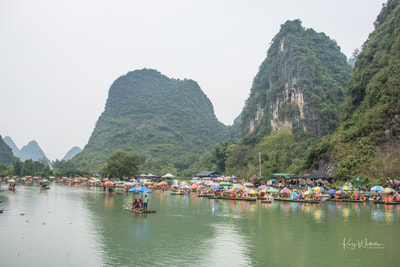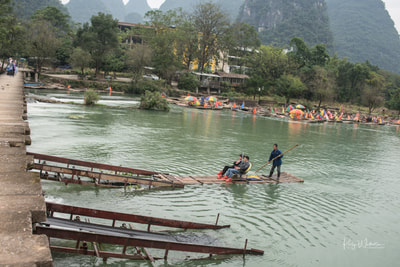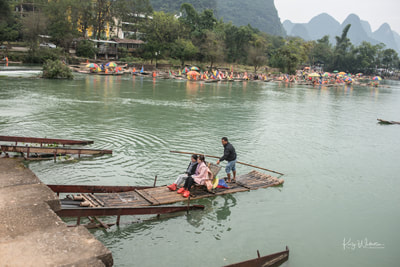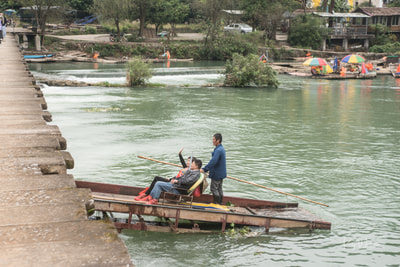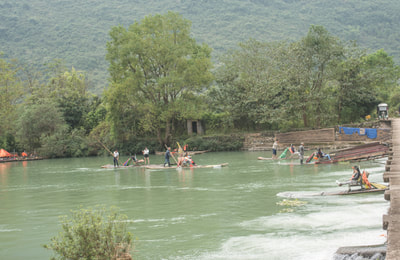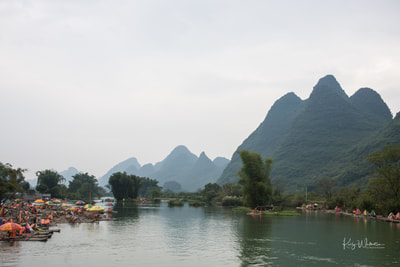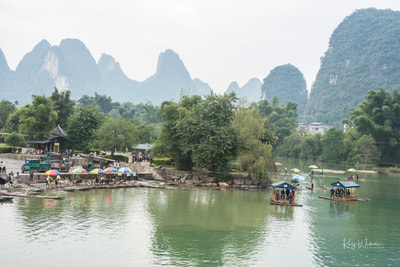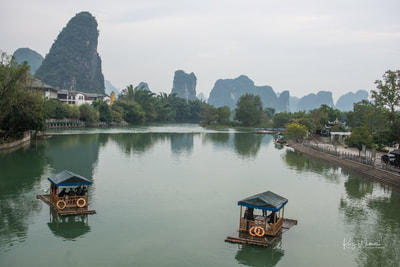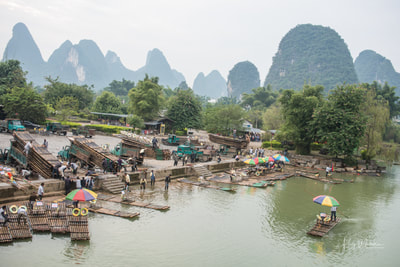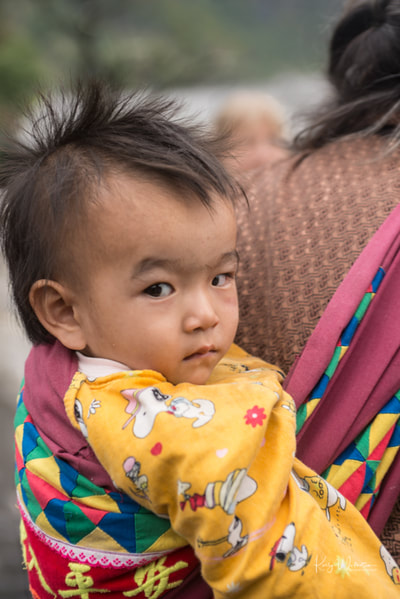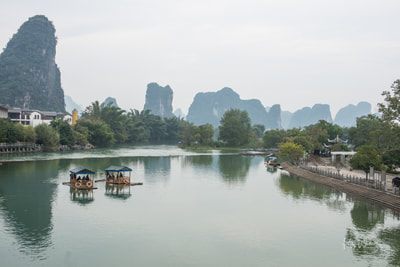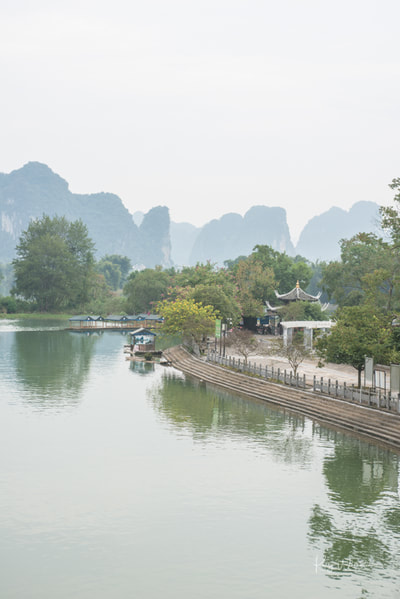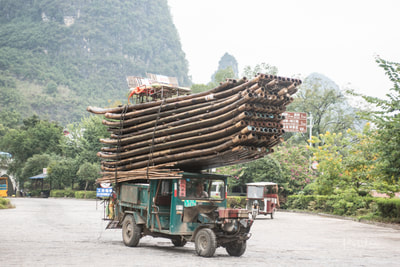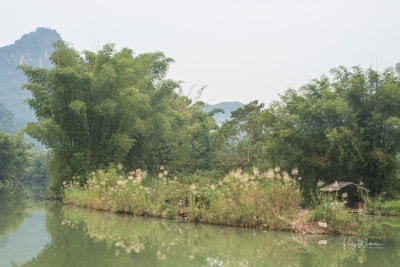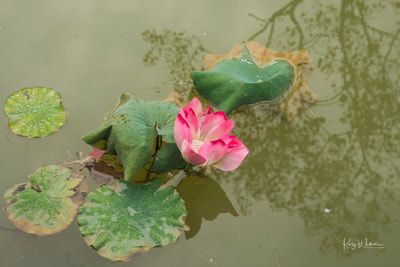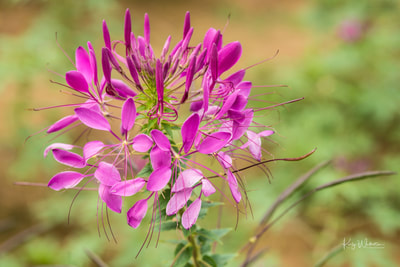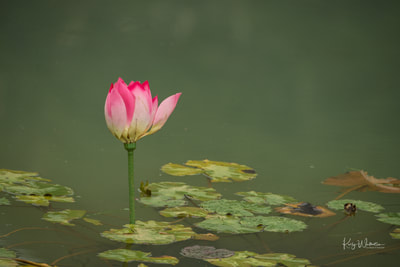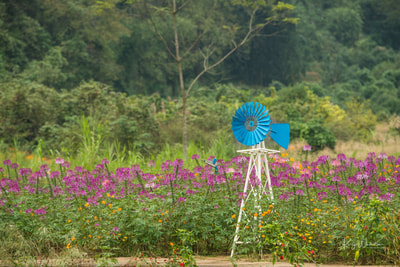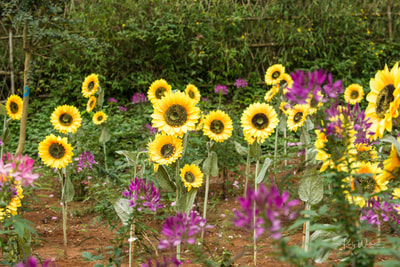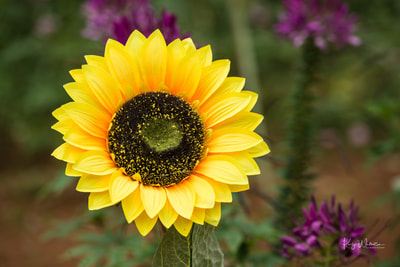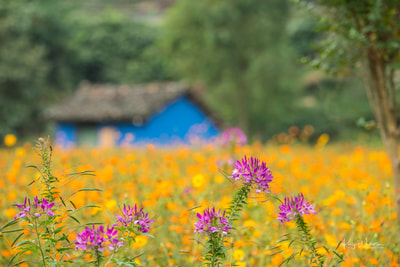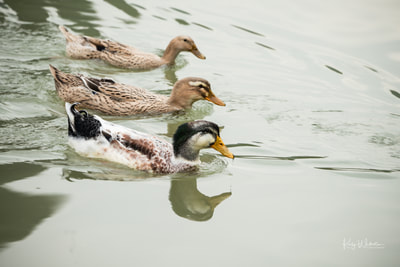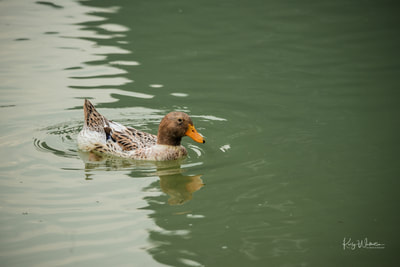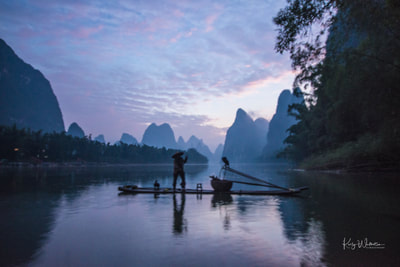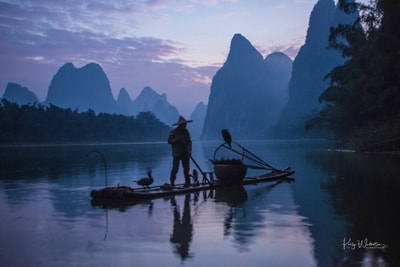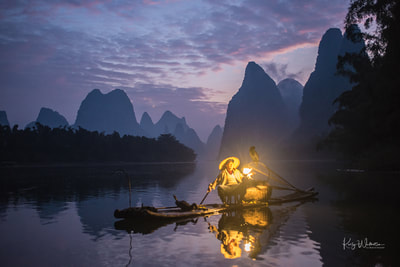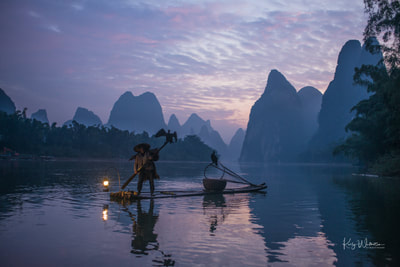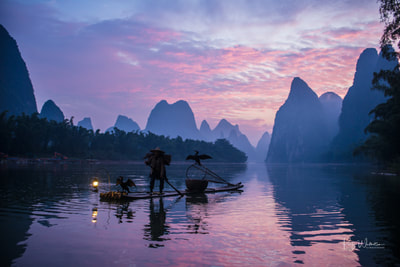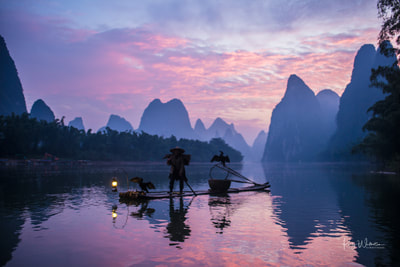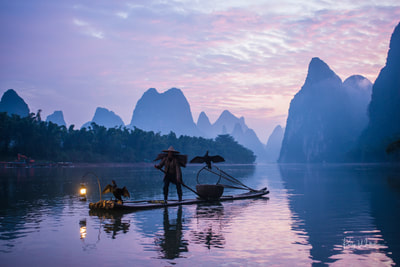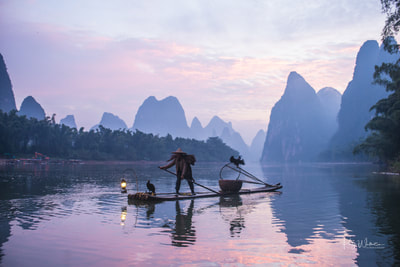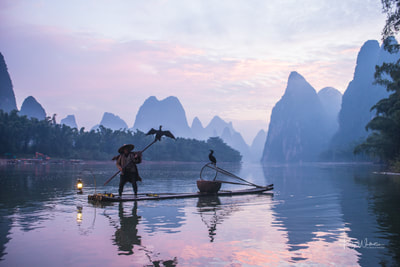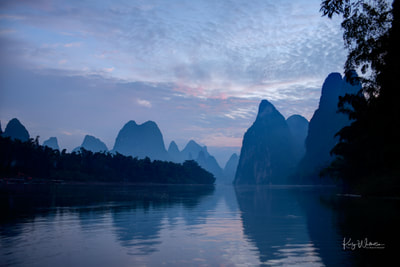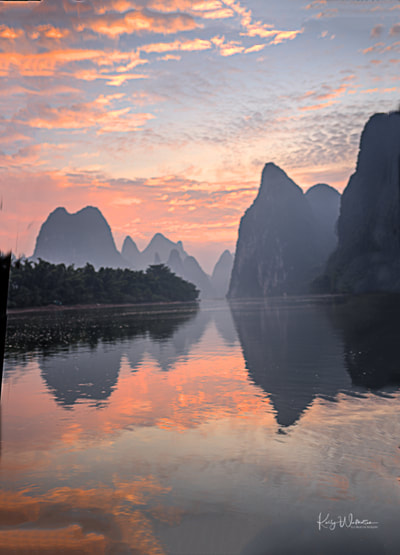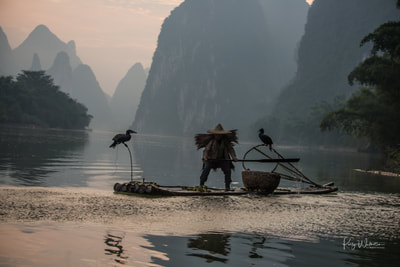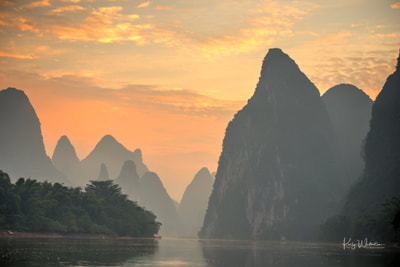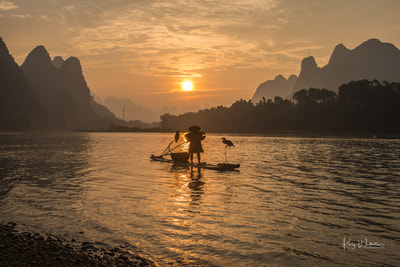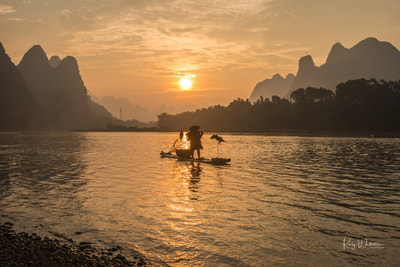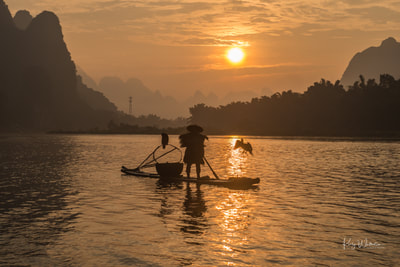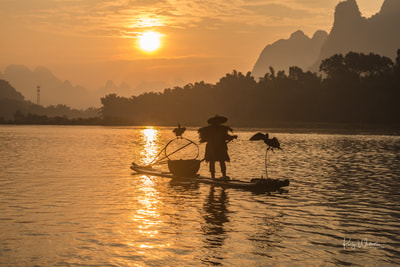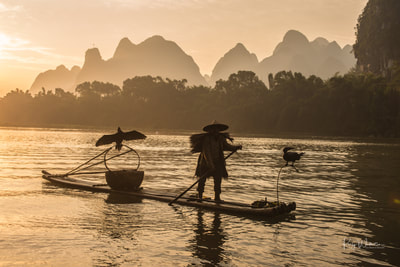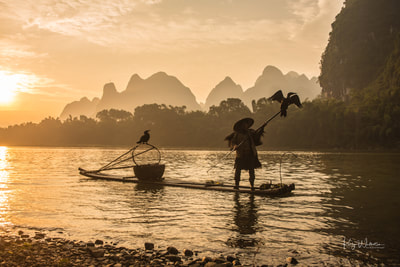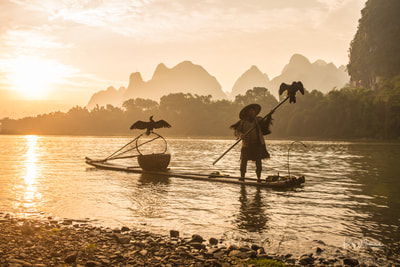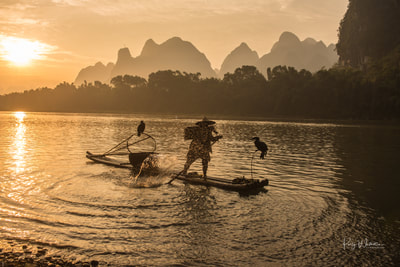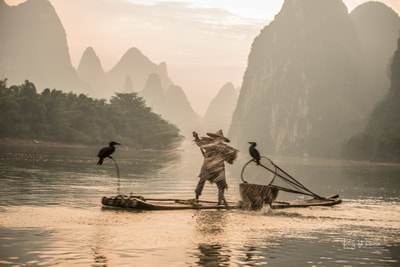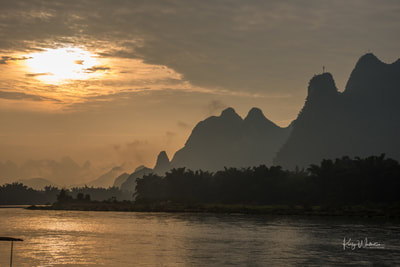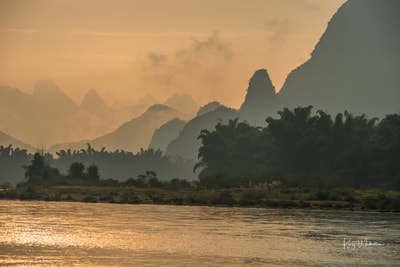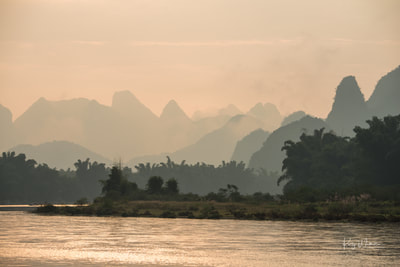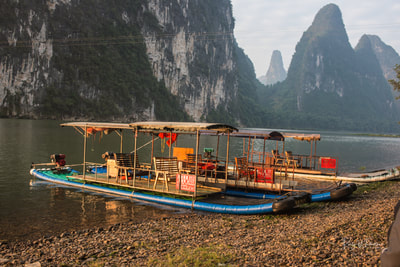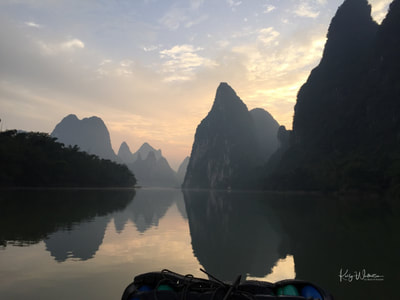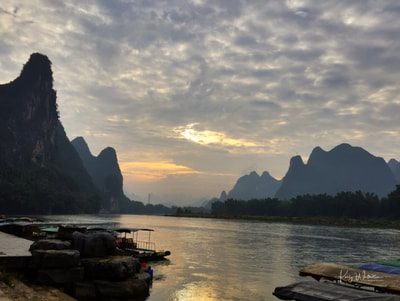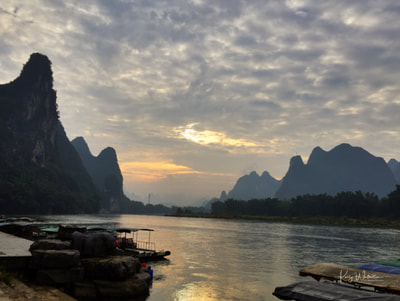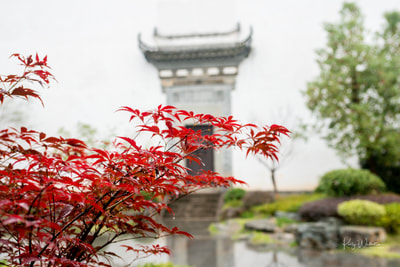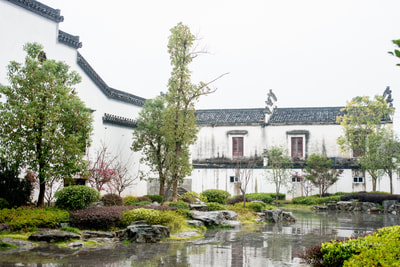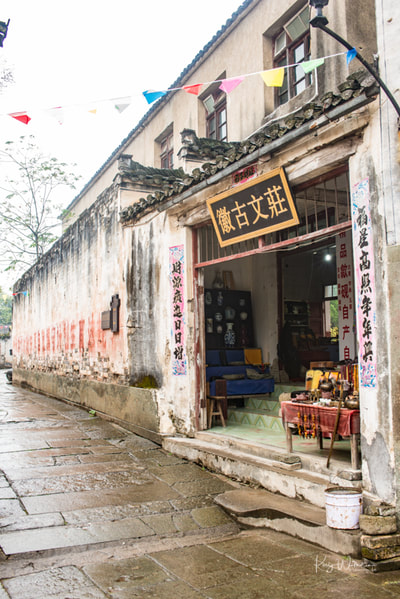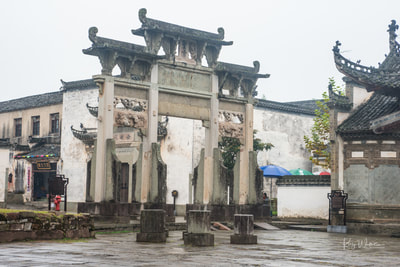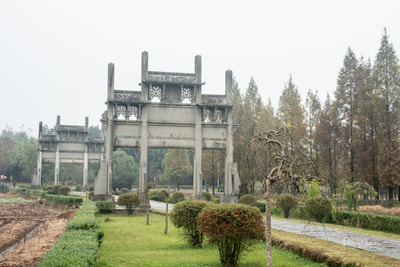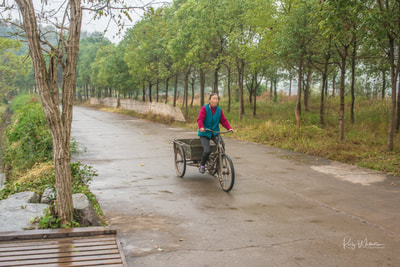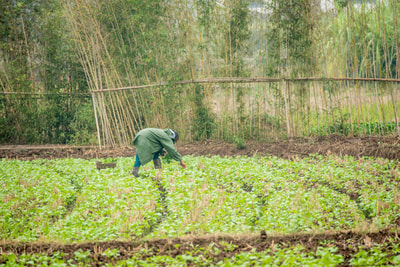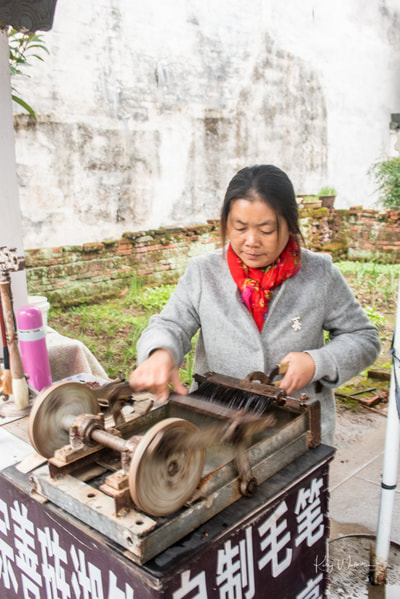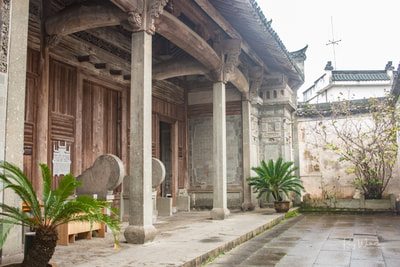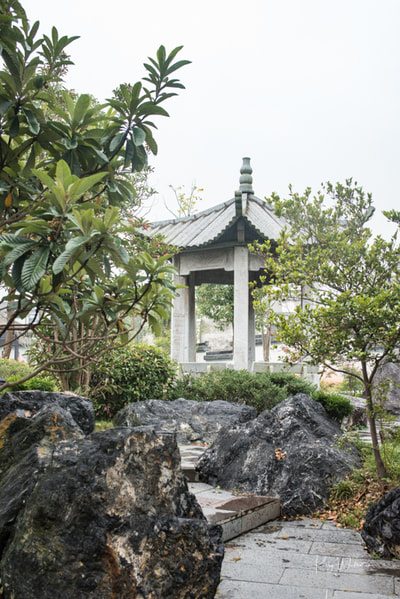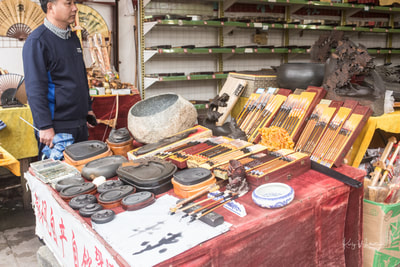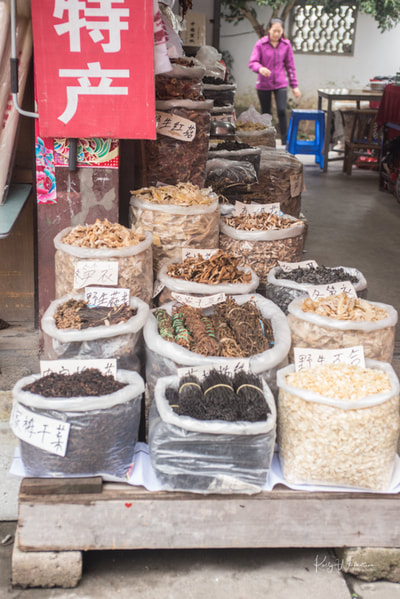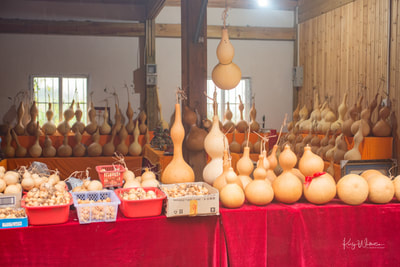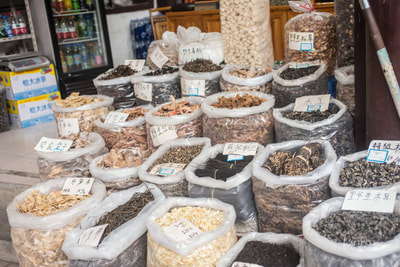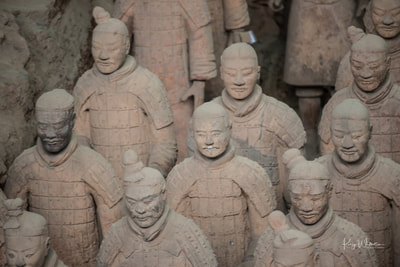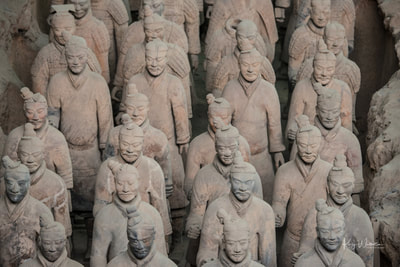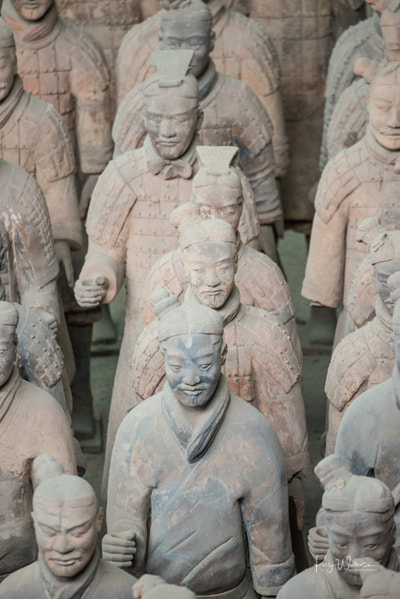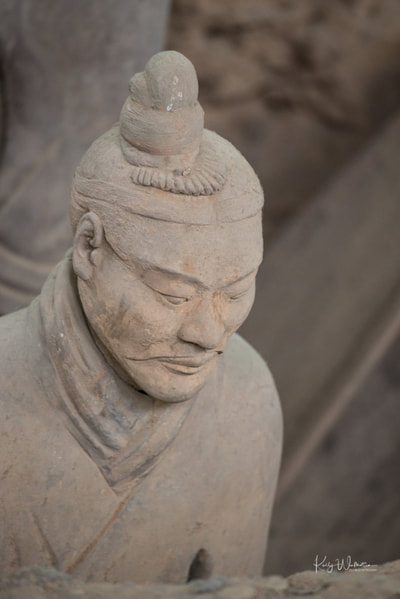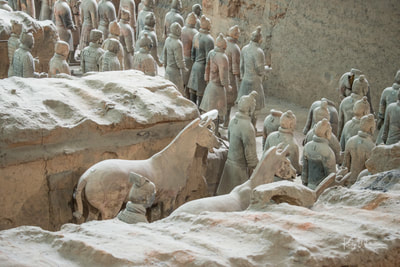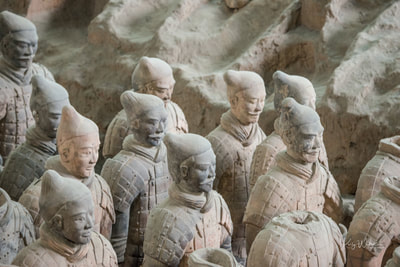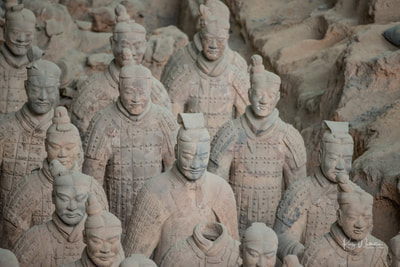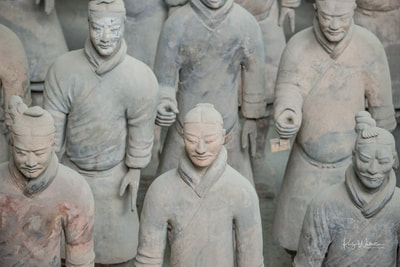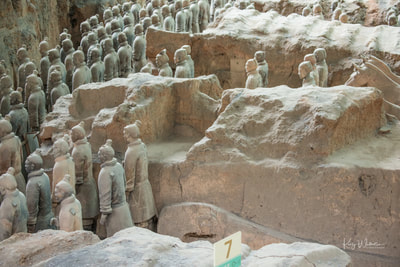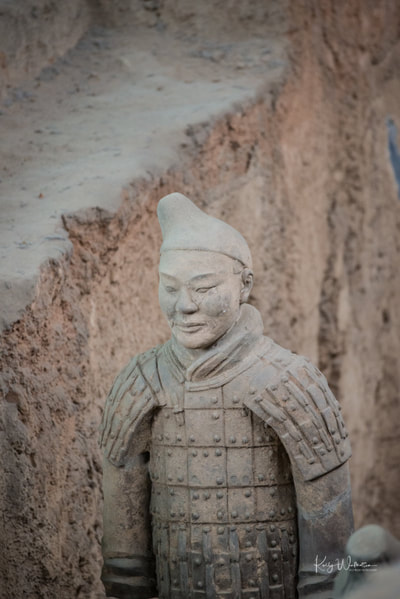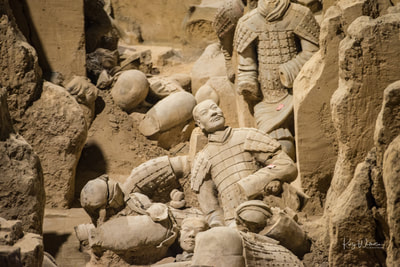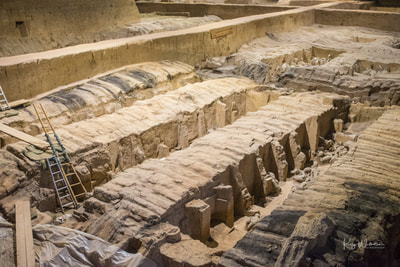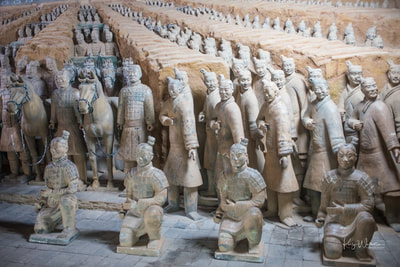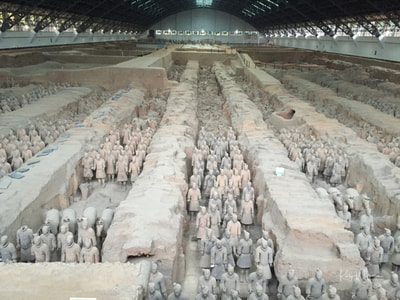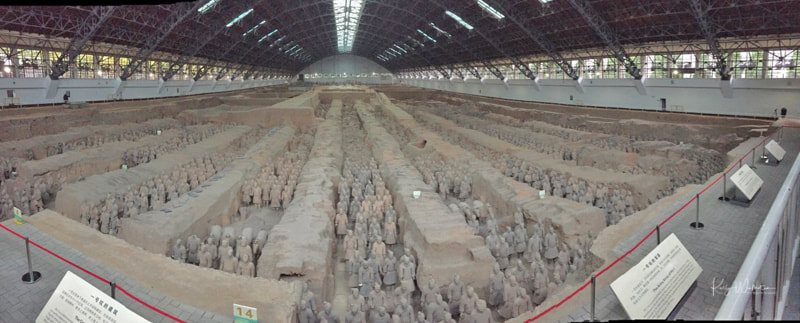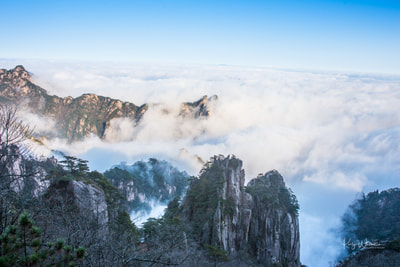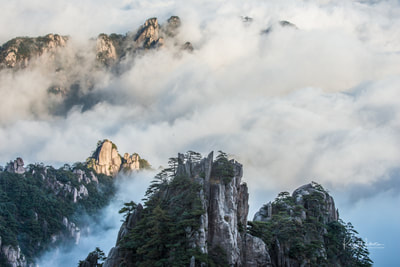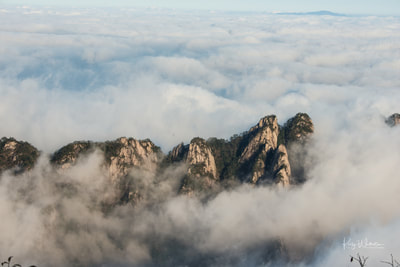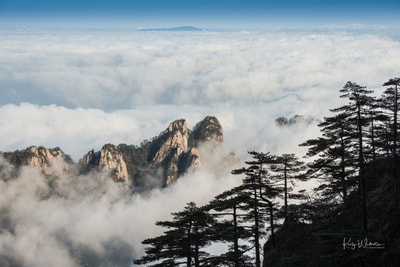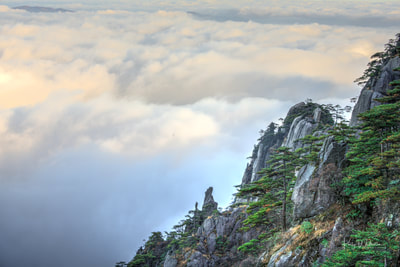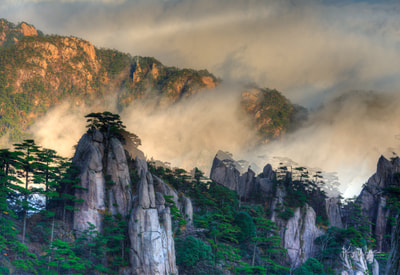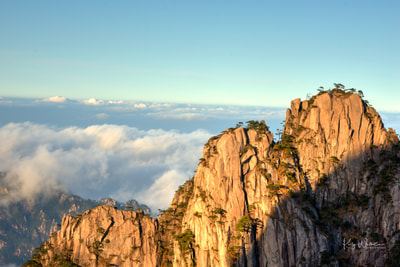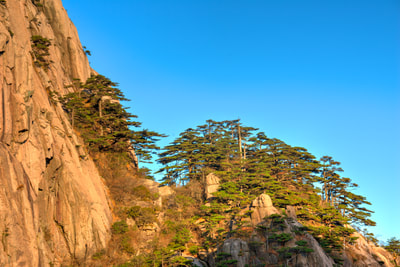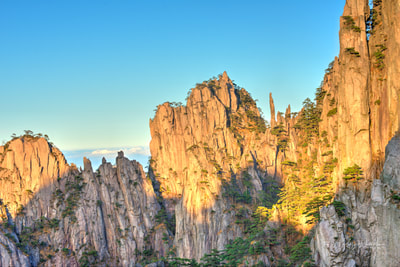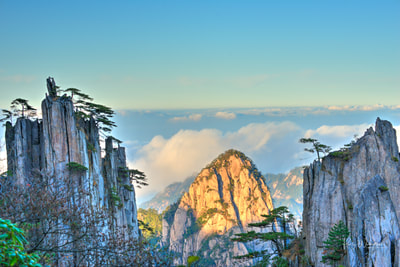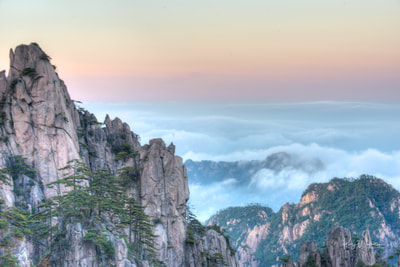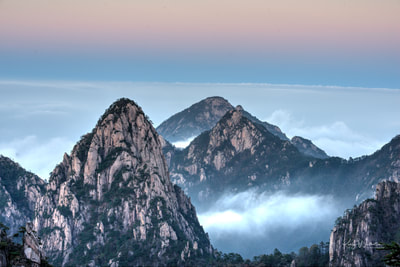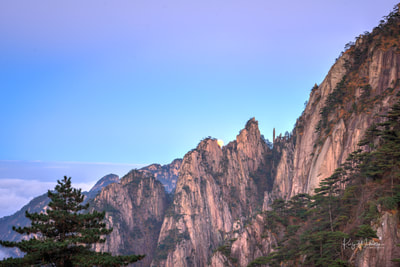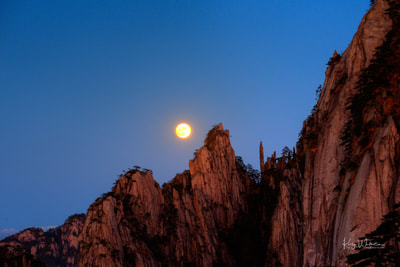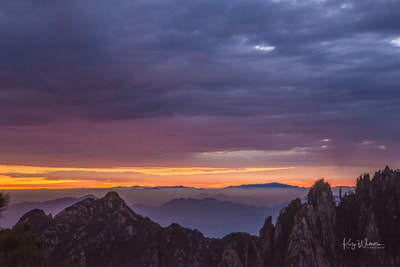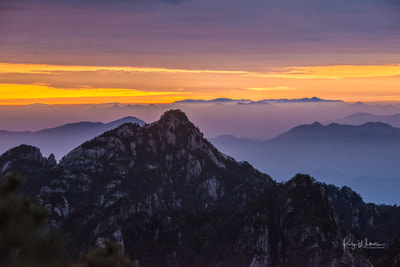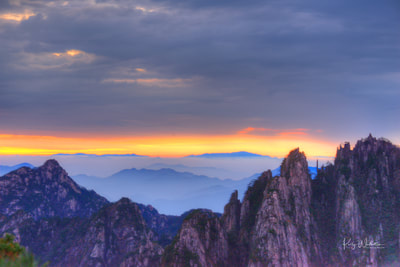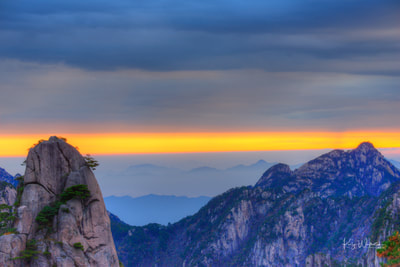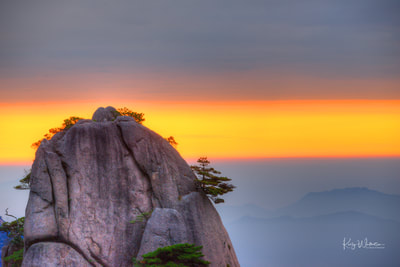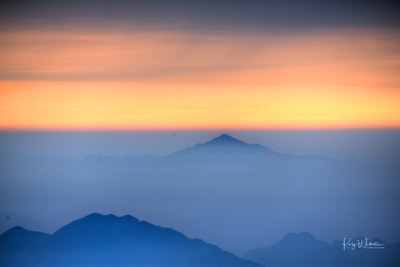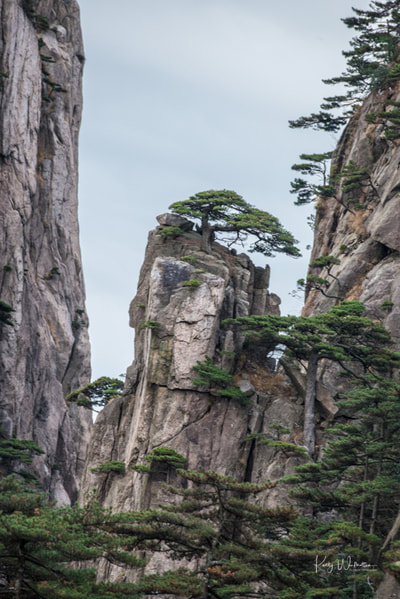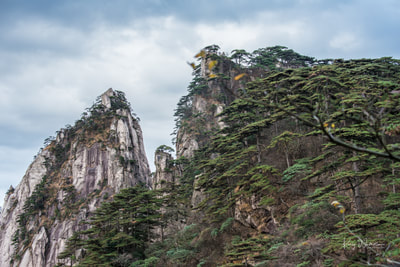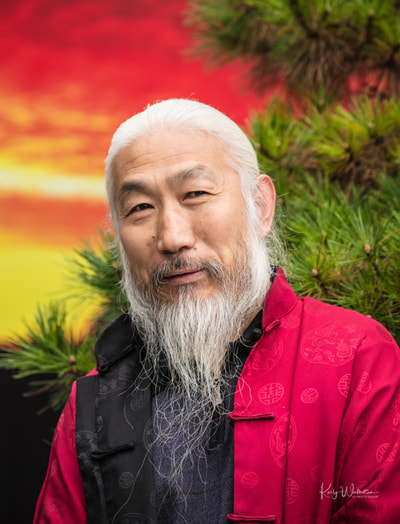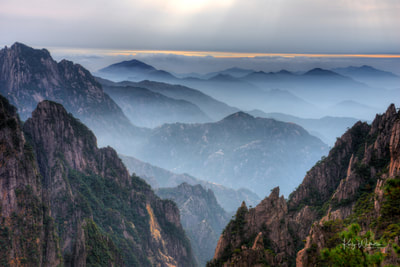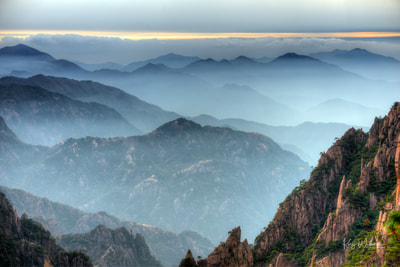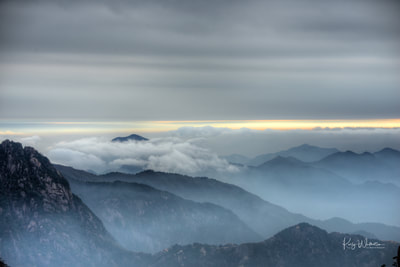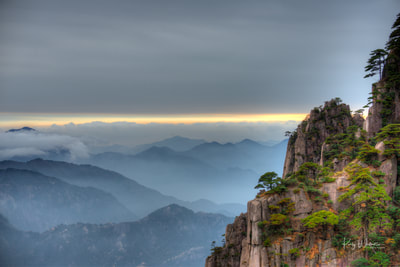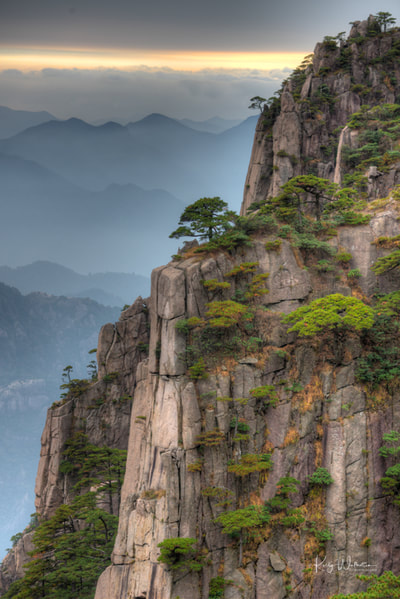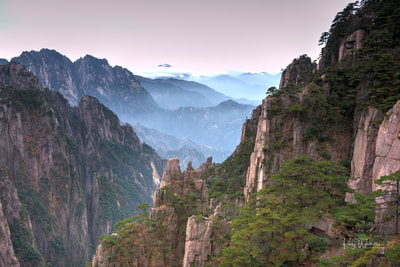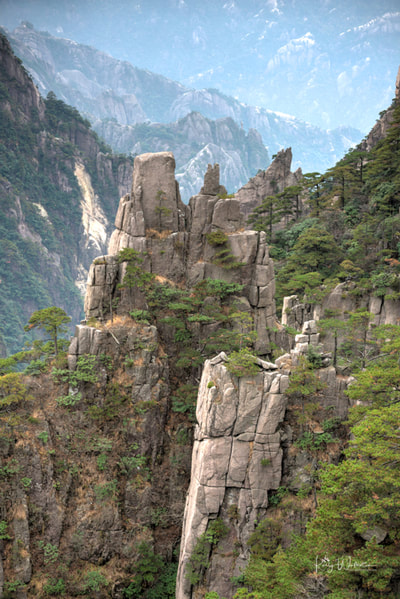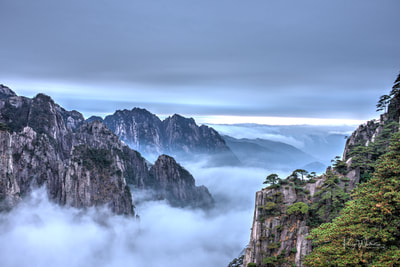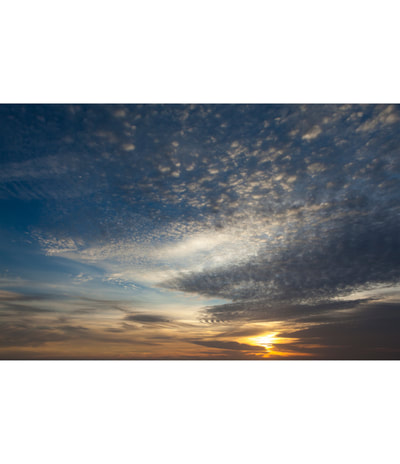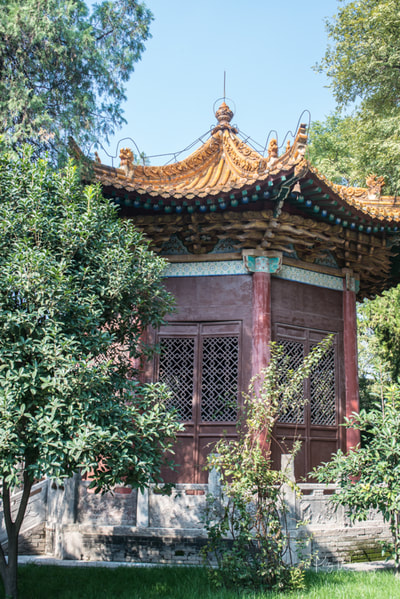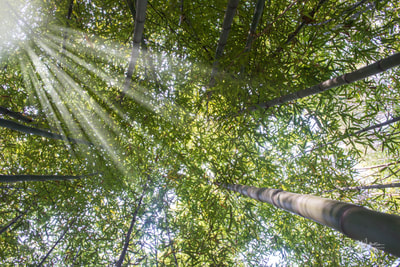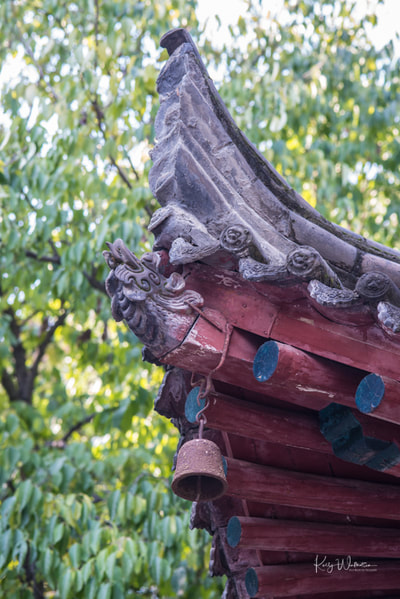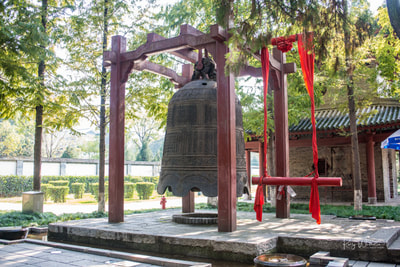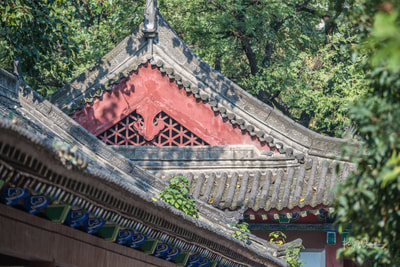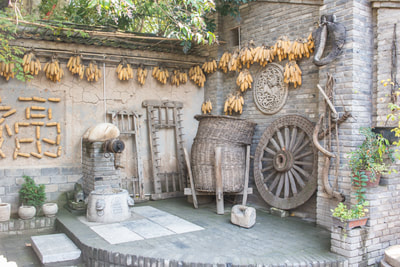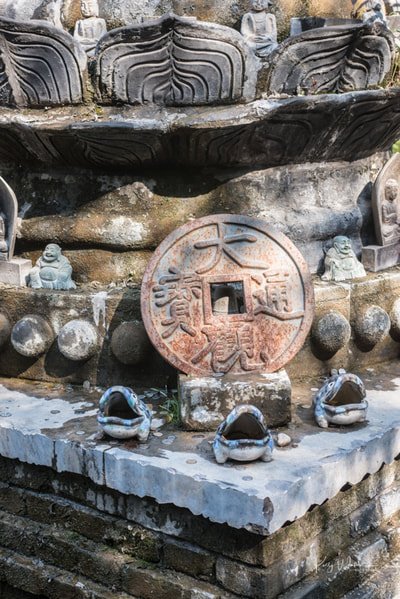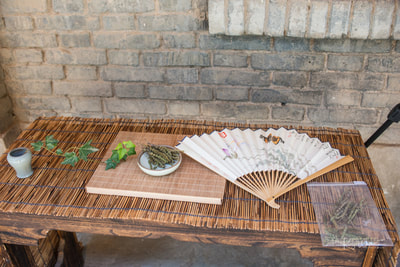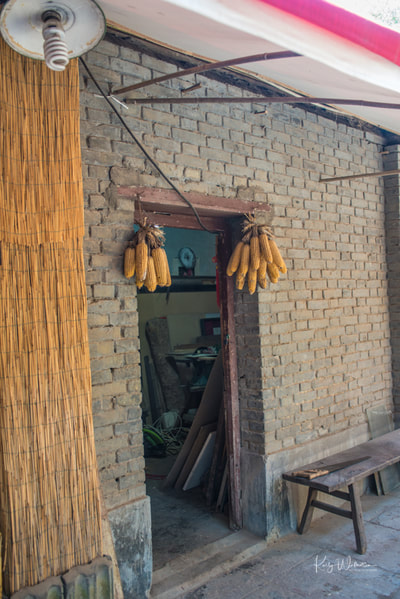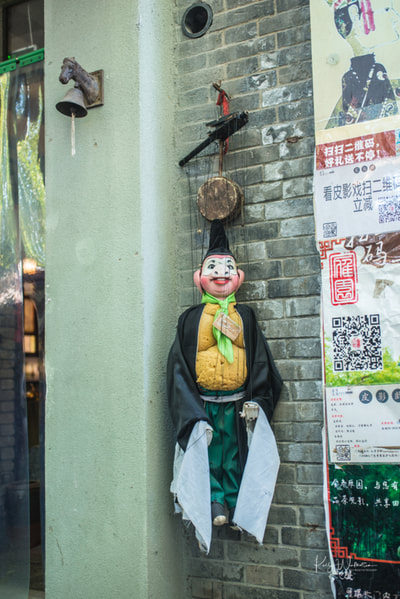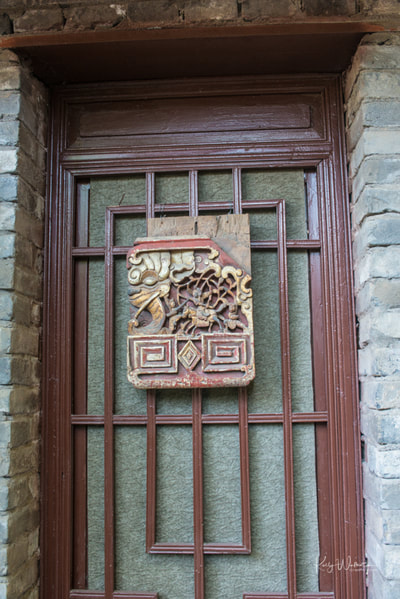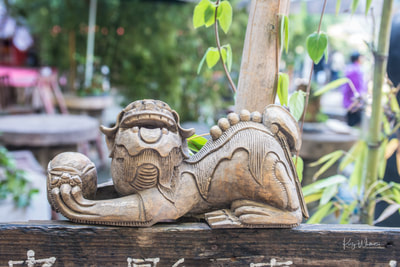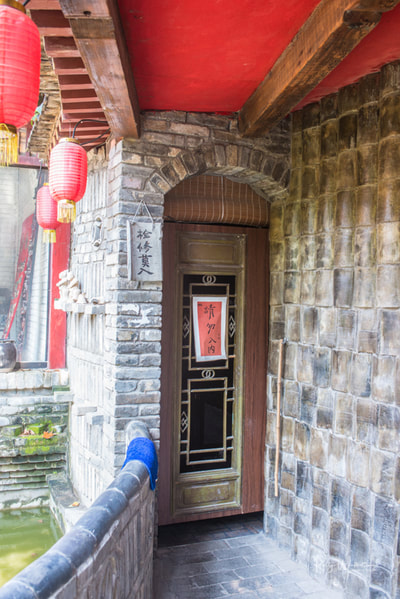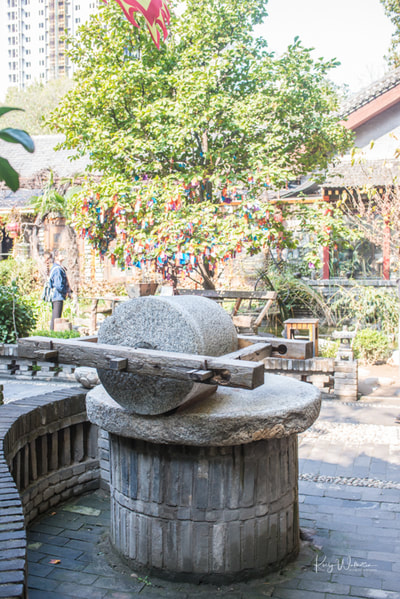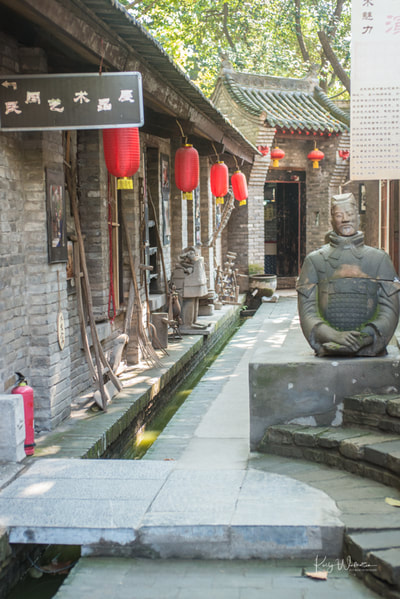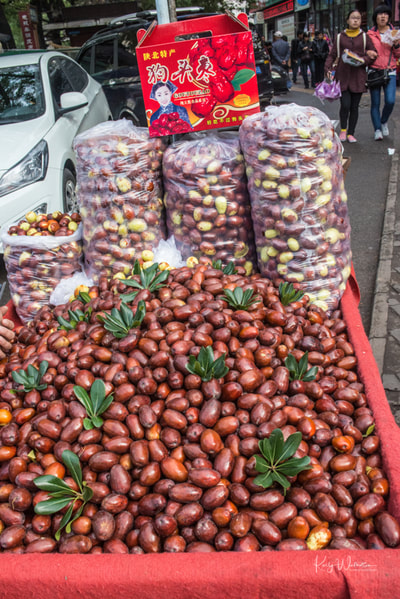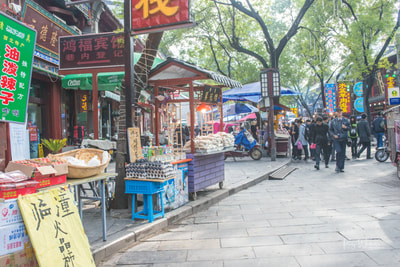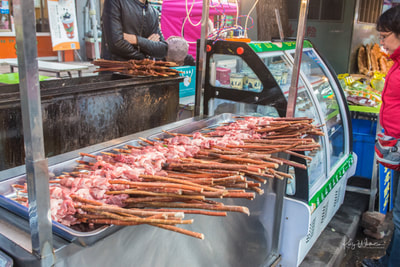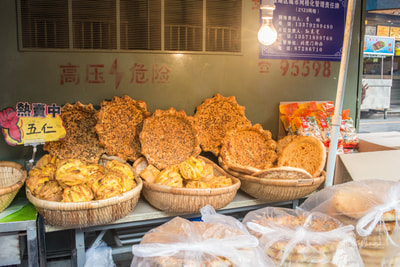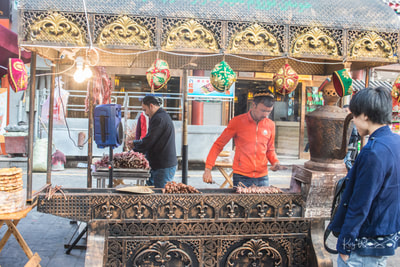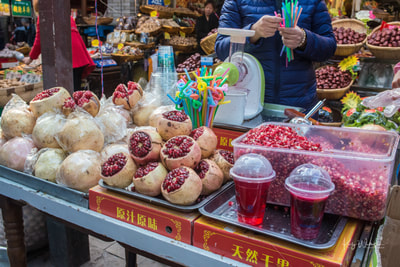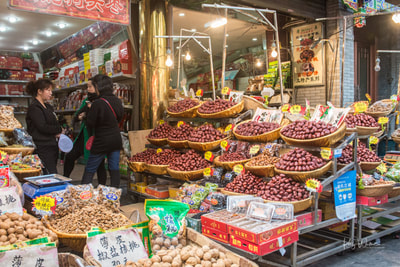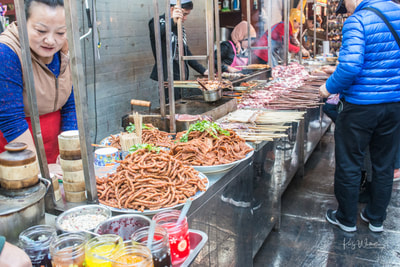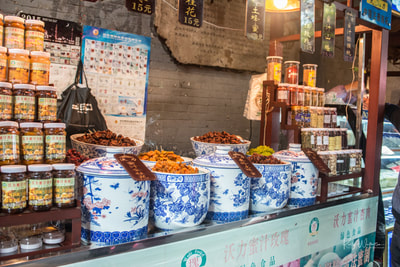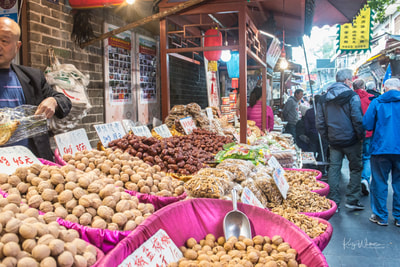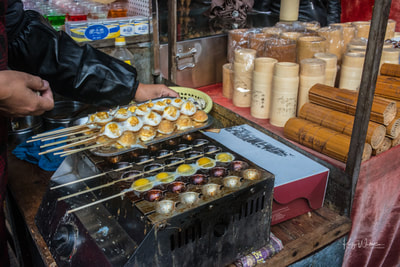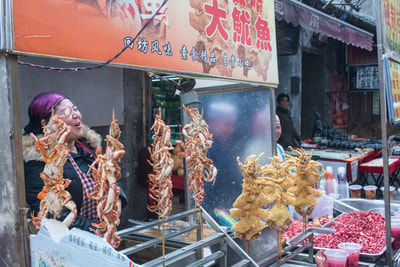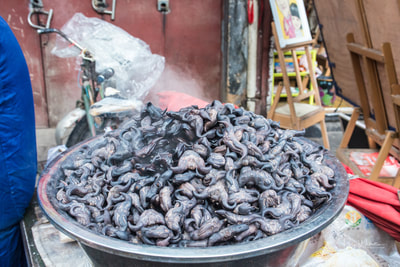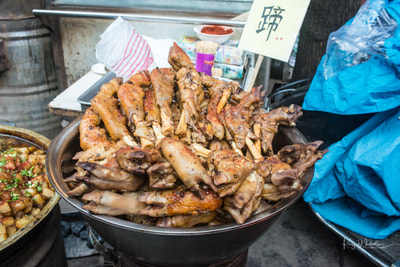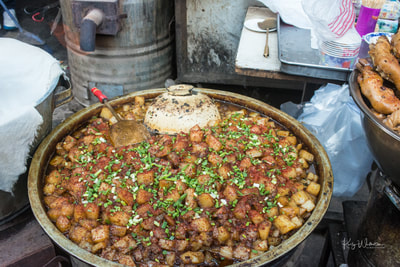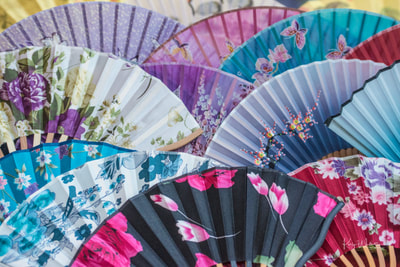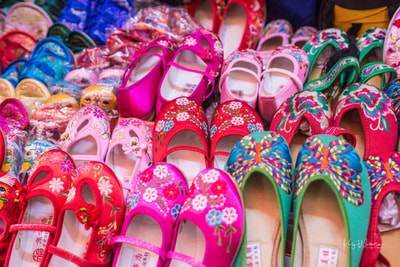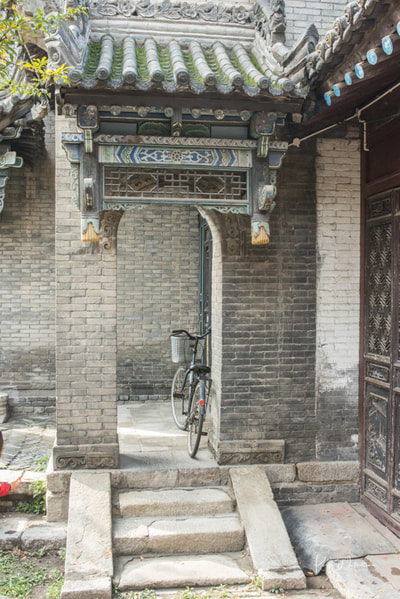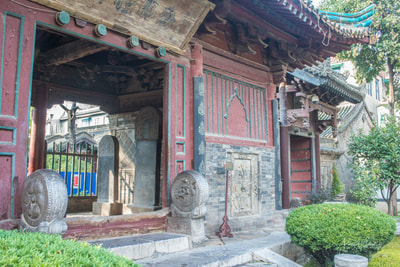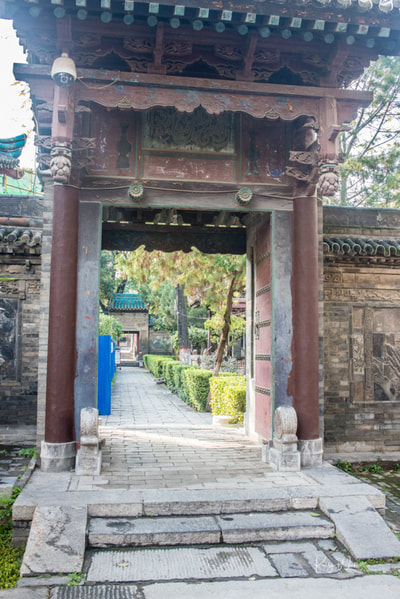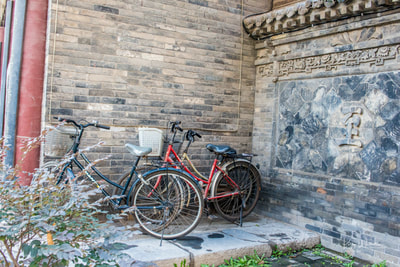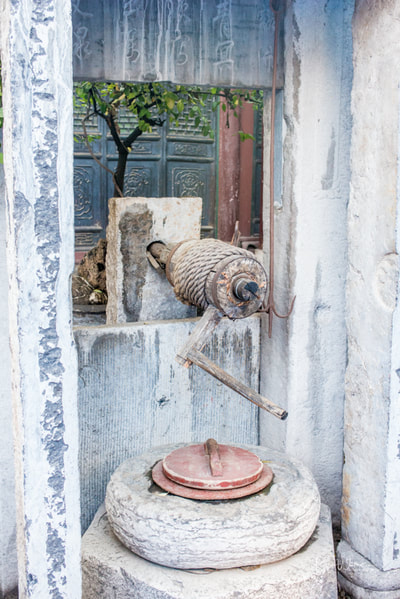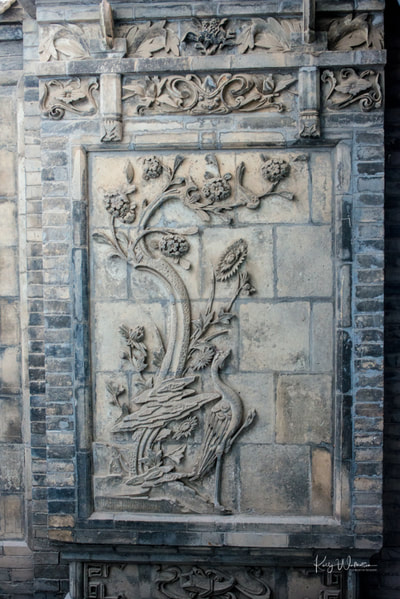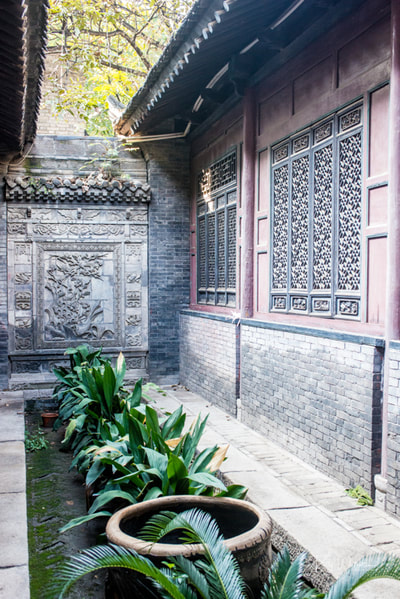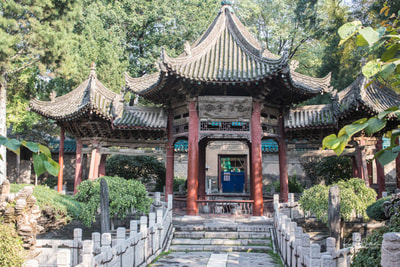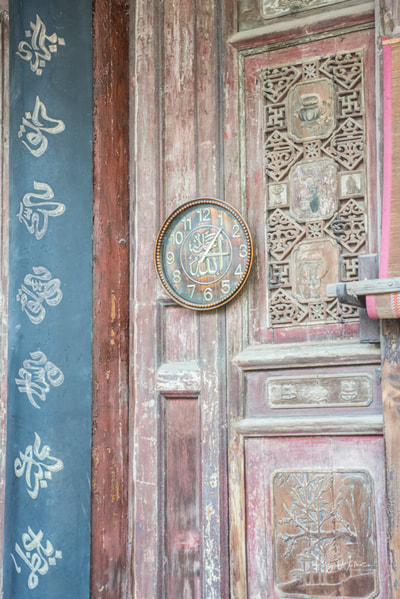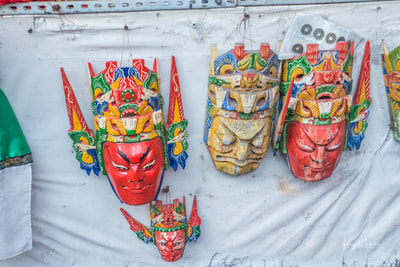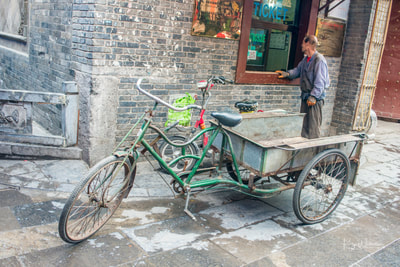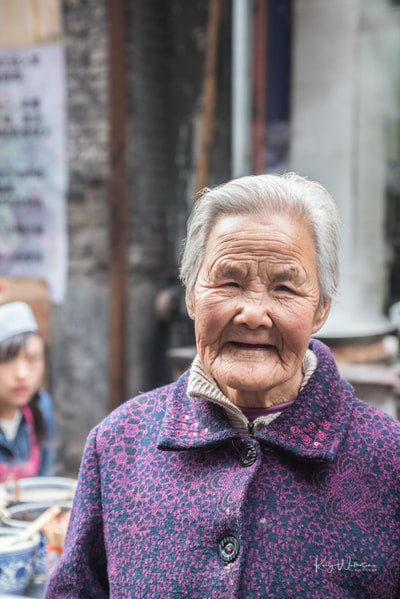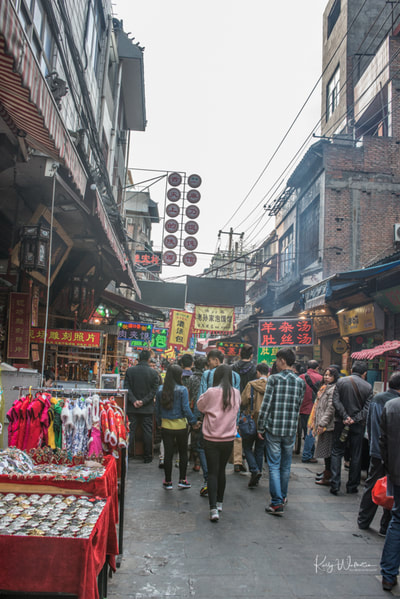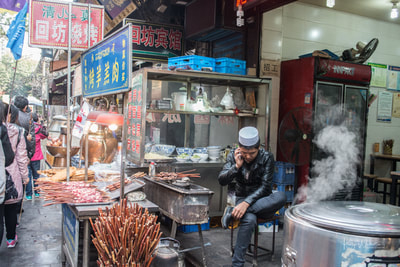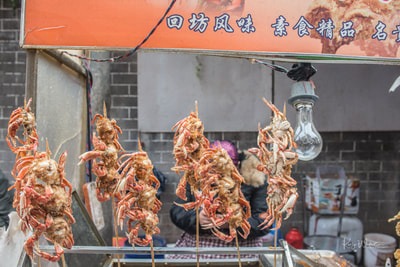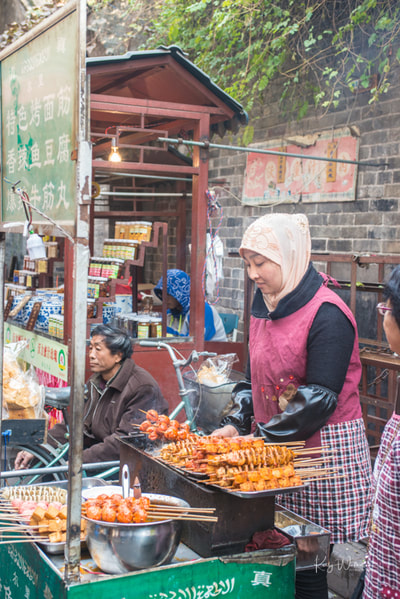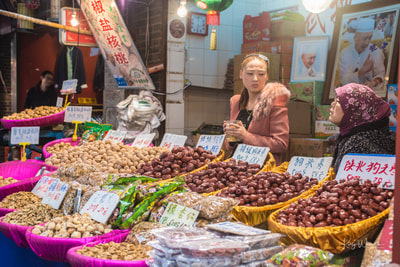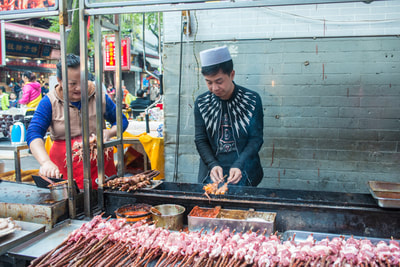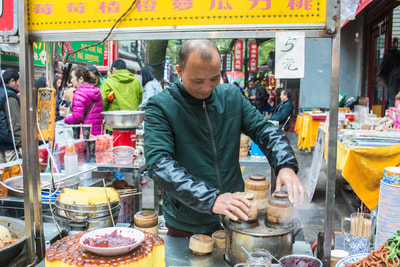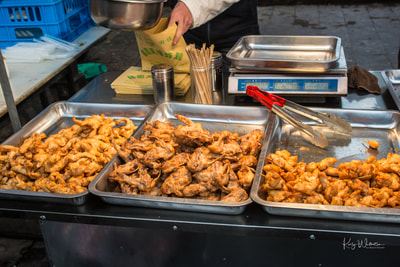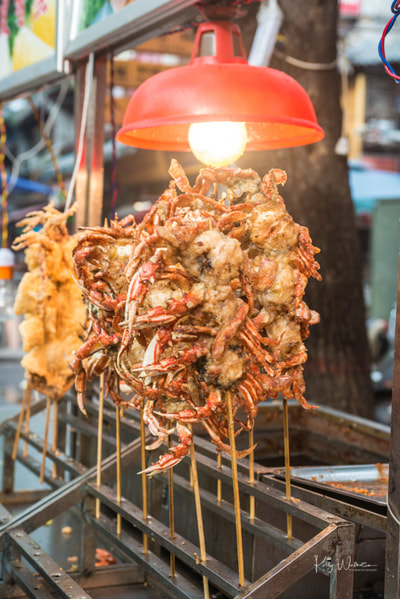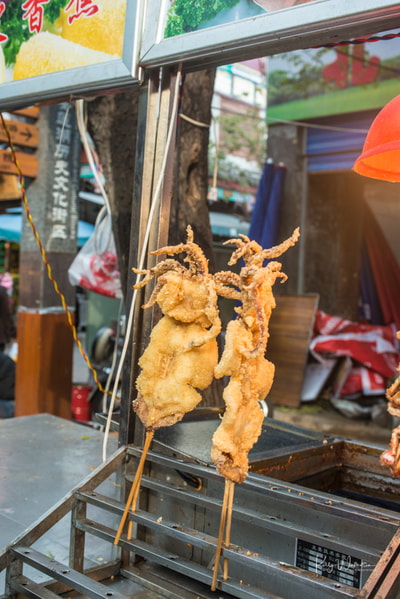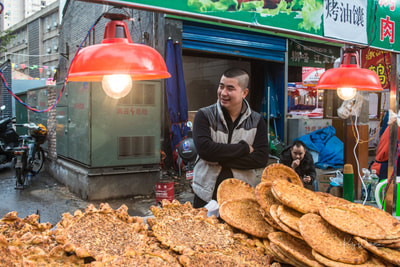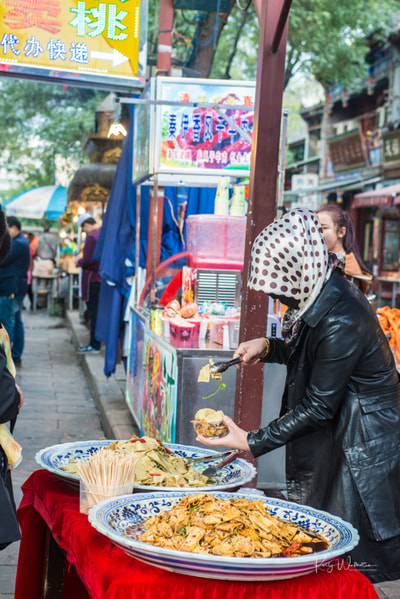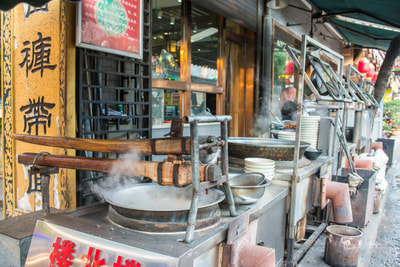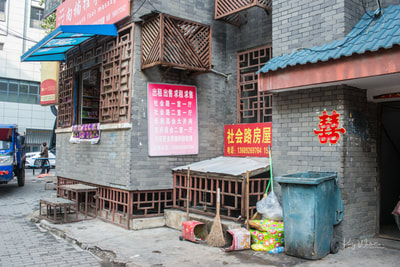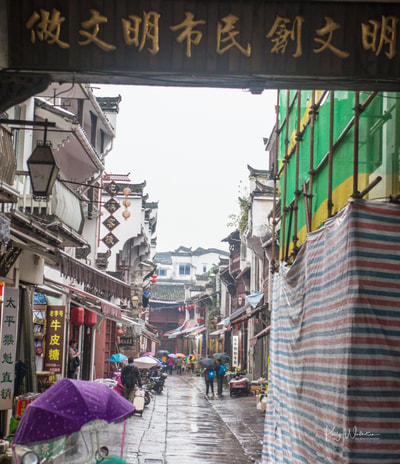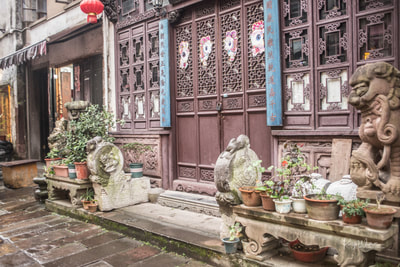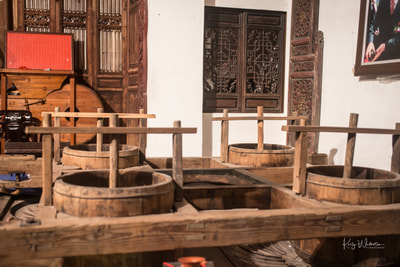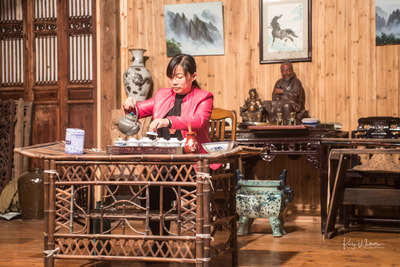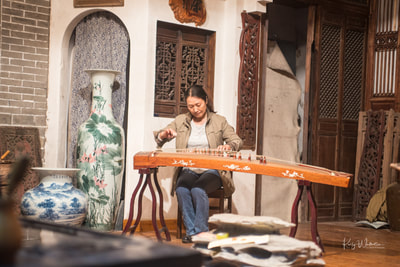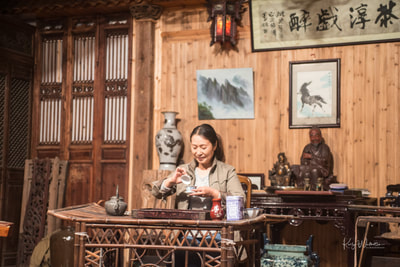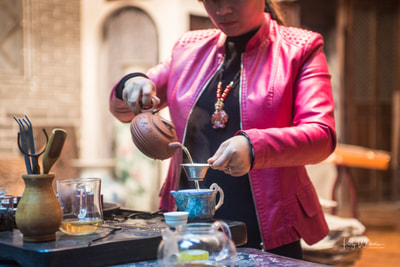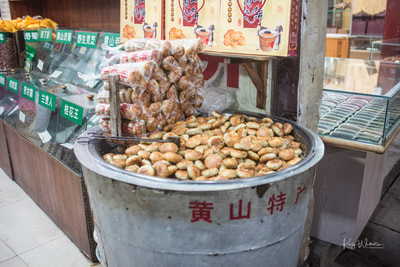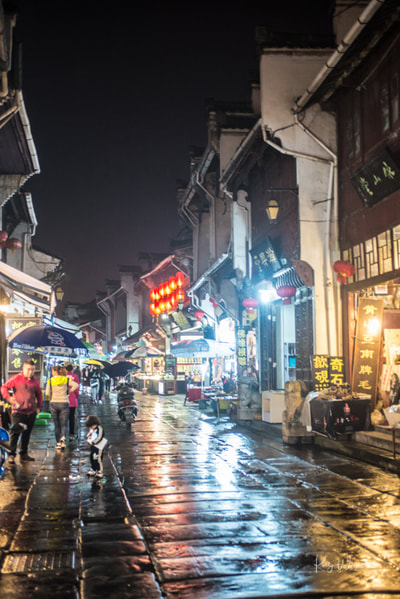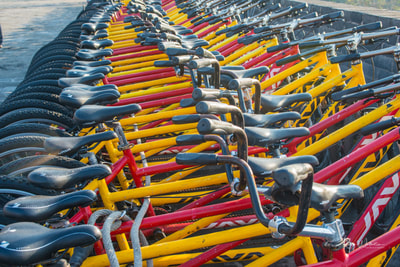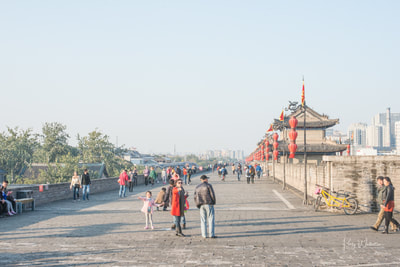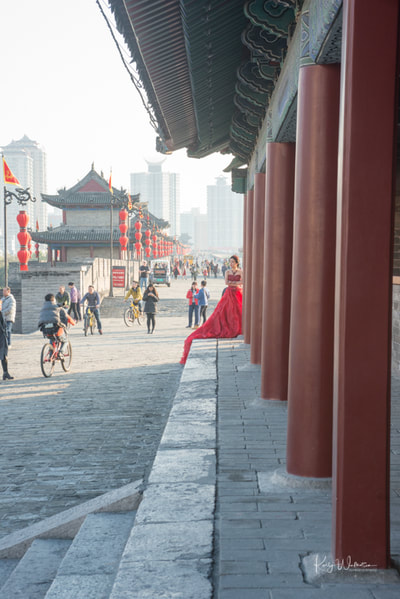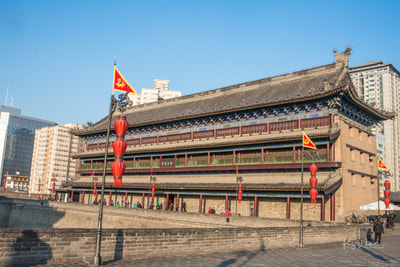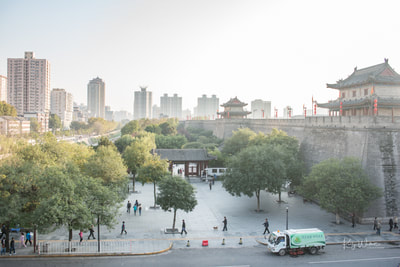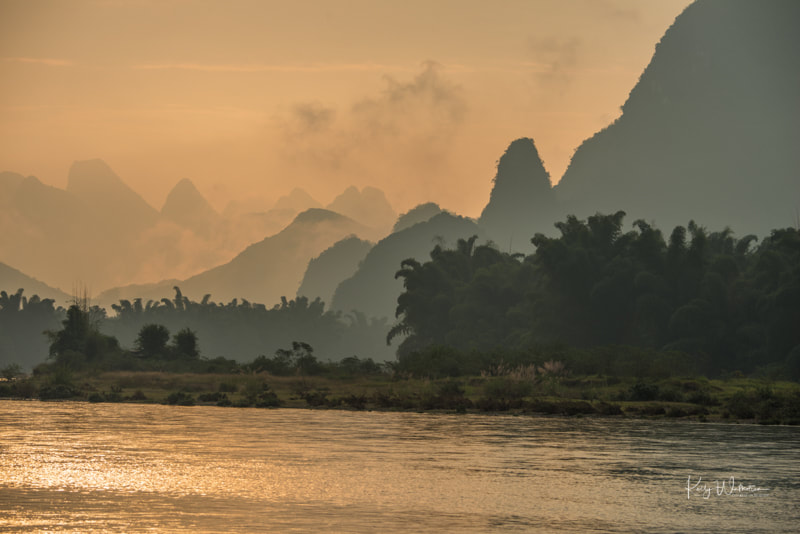China is a leader in modernization and technology. In this modern world, timeless traditions are still kept. Traditions and lifestyles are passed from generation to generation. Times are changing but for many, the timeless traditions remain. I will show you China and its beautiful and famous sights. Many world UNESCO sites will be highlighted such as The Great Wall, the Forbidden City, the Guilin and Li River, Hang Shen Mountain, The Terracotta Soldiers, and more. See the timeless traditions China has kept and hear the stories of that make China such a unique place.
The Forbiden City
China is a leader in modernization and technology. In this modern world, timeless traditions are still kept. Traditions and lifestyles are passed from generation to generation.
China is a leader in modernization and technology. In this modern world, timeless traditions are still kept. Traditions and lifestyles are passed from generation to generation.
Tianamen Square
Tiananmen Square contains the Monument to the People's Heroes, the Great Hall of the People, the National Museum of China, and the Mausoleum of Mao Zedong. The square is open to the public, but remains under heavy security. Both plain-clothes and uniformed police officers patrol the area. The infamous student protests of 1989 that occurred here were reported worldwide.
The Great Wall
Perhaps the most recognizable symbol of China and its long and vivid history, the Great Wall of China actually consists of numerous walls and fortifications, many running parallel to each other. The wall is one of the most extensive construction projects ever completed. The best-known and best-preserved section of the Great Wall was built in the 14th through 17th centuries A.D., during the Ming dynasty. Though the Great Wall never actively prevented invaders from entering China, it came to function more as a psychological barrier between Chinese civilization and the world, and remains a powerful symbol of the country’s enduring strength.
Construction of the Great Wall was one of the most ambitious building projects ever undertaken by any civilization. The project was said to have used a massive army of soldiers, convicts, and commoners as workers. Made mostly of earth and stone, the wall stretched from the China Sea port of Shanhaiguan over 3,000 miles west into Gansu province. In some strategic areas, sections of the wall overlapped for maximum security. From a base of 15 to 50 feet, the Great Wall rose some 15-30 feet high and was topped by ramparts 12 feet or higher; guard towers were distributed at intervals along it. Today, the Great Wall is generally recognized as one of the most impressive architectural feats in history. In 1987, UNESCO designated the Great Wall a World Heritage site, and a popular claim that emerged in the 20th century holds that it is the only man-made structure that is visible from the moon.
Perhaps the most recognizable symbol of China and its long and vivid history, the Great Wall of China actually consists of numerous walls and fortifications, many running parallel to each other. The wall is one of the most extensive construction projects ever completed. The best-known and best-preserved section of the Great Wall was built in the 14th through 17th centuries A.D., during the Ming dynasty. Though the Great Wall never actively prevented invaders from entering China, it came to function more as a psychological barrier between Chinese civilization and the world, and remains a powerful symbol of the country’s enduring strength.
Construction of the Great Wall was one of the most ambitious building projects ever undertaken by any civilization. The project was said to have used a massive army of soldiers, convicts, and commoners as workers. Made mostly of earth and stone, the wall stretched from the China Sea port of Shanhaiguan over 3,000 miles west into Gansu province. In some strategic areas, sections of the wall overlapped for maximum security. From a base of 15 to 50 feet, the Great Wall rose some 15-30 feet high and was topped by ramparts 12 feet or higher; guard towers were distributed at intervals along it. Today, the Great Wall is generally recognized as one of the most impressive architectural feats in history. In 1987, UNESCO designated the Great Wall a World Heritage site, and a popular claim that emerged in the 20th century holds that it is the only man-made structure that is visible from the moon.
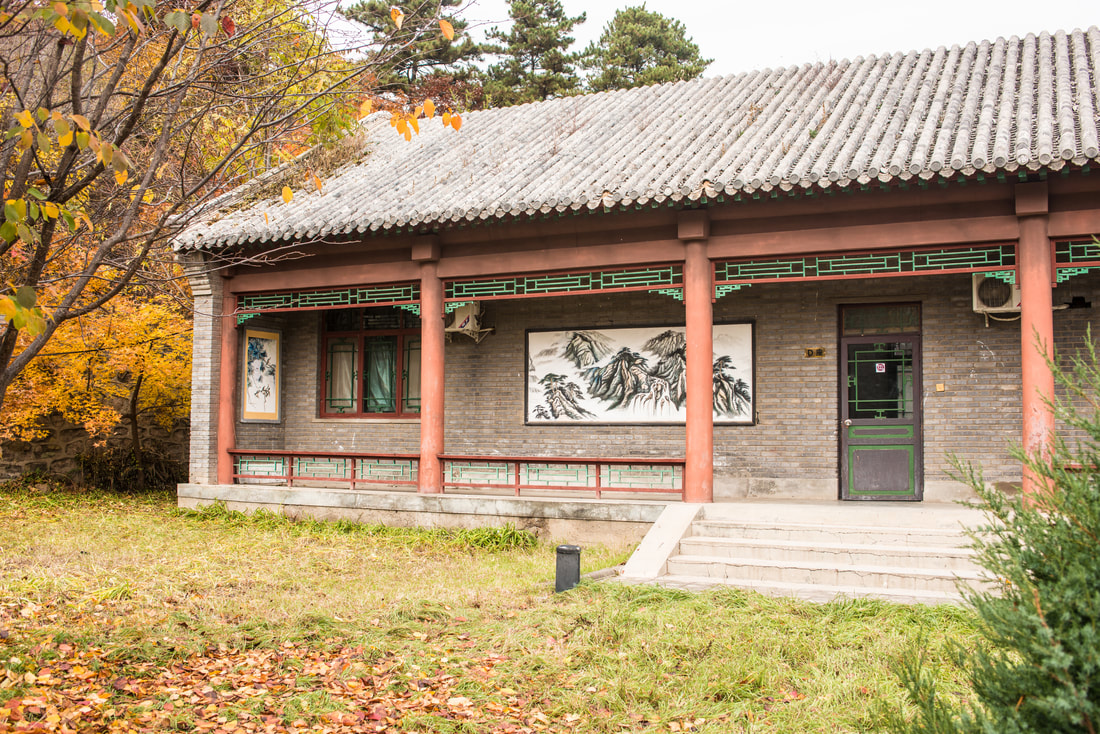
Home-stays are available to spend more days on the Great Wall.
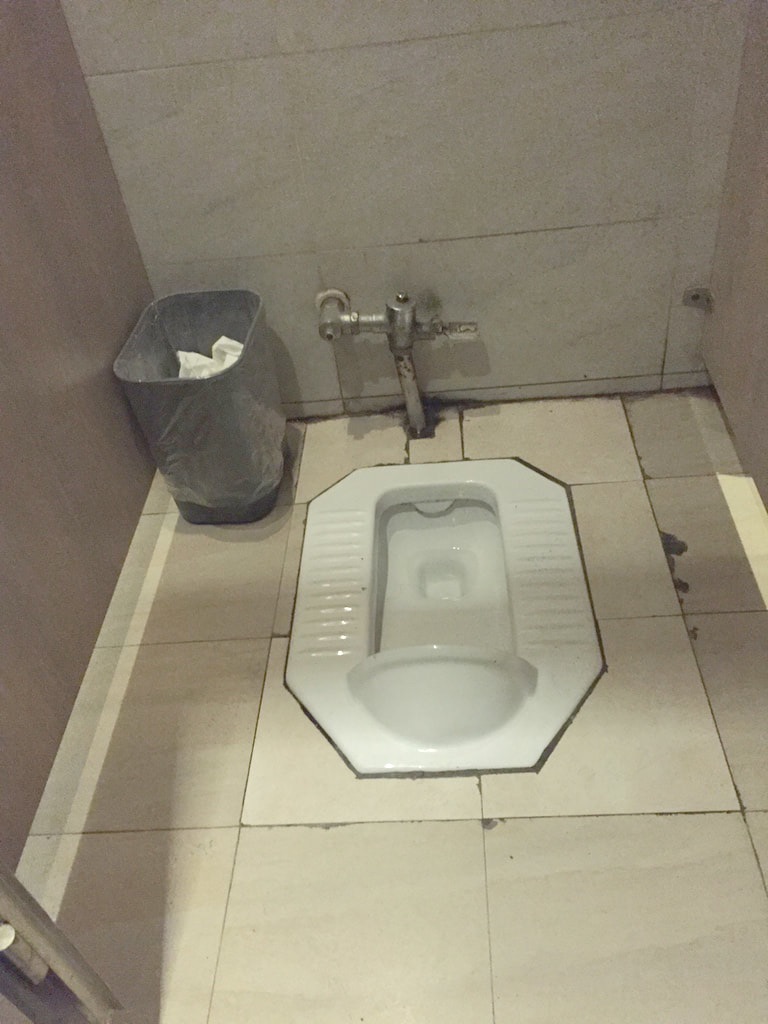
The facilities are not what we are used to in a western world.
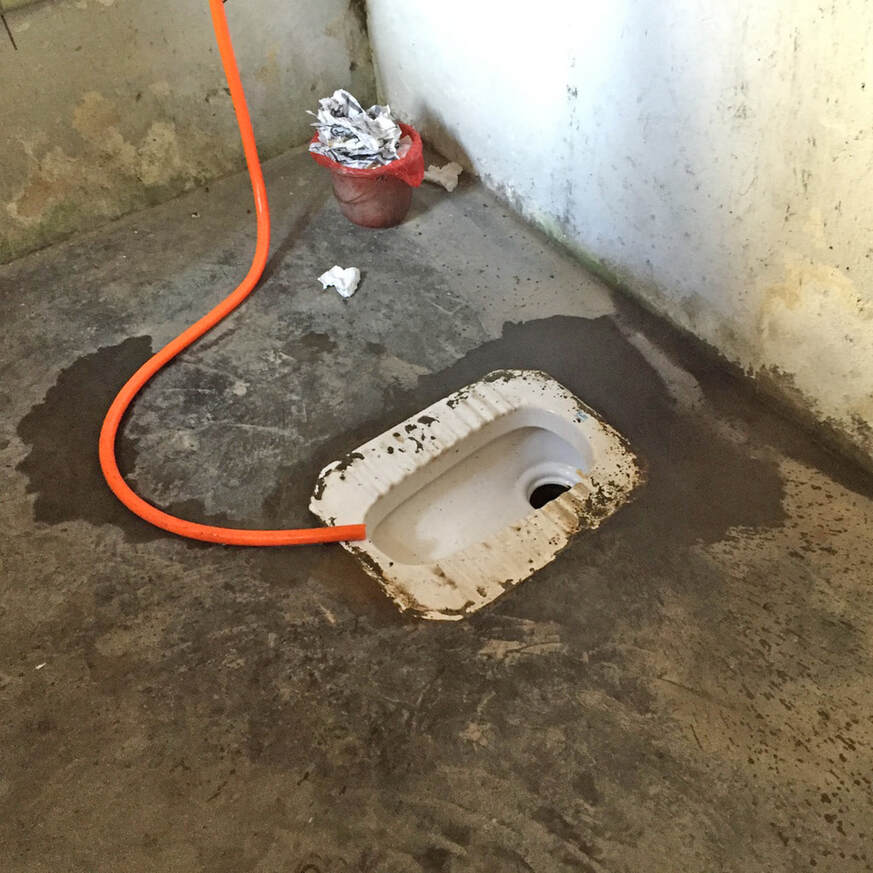
Some are not as nice as others either.
Summer Palace
The Summer Palace is a vast ensemble of lakes, gardens, and palaces in Beijing, China. It serves as a popular tourist destination and recreational park.
In December 1998, UNESCO included the Summer Palace on its World Heritage List. It declared the Summer Palace "a masterpiece of Chinese landscape garden design".
The natural landscape of hills and open water is combined with artificial features such as pavilions, halls, palaces, temples, and bridges to form a harmonious ensemble of outstanding aesthetic value.
In December 1998, UNESCO included the Summer Palace on its World Heritage List. It declared the Summer Palace "a masterpiece of Chinese landscape garden design".
The natural landscape of hills and open water is combined with artificial features such as pavilions, halls, palaces, temples, and bridges to form a harmonious ensemble of outstanding aesthetic value.
Temple Of Heaven
The Temple of Heaven is an imperial complex of religious buildings situated in the southeastern part of central Beijing. The complex was visited by the Emperors of the Ming and Qing dynasties for annual ceremonies of prayer to Heaven for good harvest.
The Temple of Heaven was inscribed as a UNESCO World Heritage Site in 1998 and was described as "a masterpiece of architecture and landscape design which simply and graphically illustrates a cosmogony of great importance for the evolution of one of the world’s great civilizations..." as the symbolic layout and design of the Temple of Heaven had a profound influence on architecture and planning in the Far East over many centuries.
The Temple of Heaven was inscribed as a UNESCO World Heritage Site in 1998 and was described as "a masterpiece of architecture and landscape design which simply and graphically illustrates a cosmogony of great importance for the evolution of one of the world’s great civilizations..." as the symbolic layout and design of the Temple of Heaven had a profound influence on architecture and planning in the Far East over many centuries.
Tea
Tea is grown by individual farmers and is still harvested by hand. Tea ceremonies are an important part of the Chinese culture. The tiered layers on the mountainside are tea plantations. Tea trees are planted and cultivated by hand.
Tea is grown by individual farmers and is still harvested by hand. Tea ceremonies are an important part of the Chinese culture. The tiered layers on the mountainside are tea plantations. Tea trees are planted and cultivated by hand.
Hongcun
Hongcun was founded about the year 1100. So it has a history of about 900 years.This village is described as one of the Yellow Mountains must see areas. Partly for the preserved Ming and Qing architecture and the village layout that was recognized by UNESCO in the year 2000.
The layout of the whole village was designed according to geomantic (feng shui) ideas. It looks like the shape of a cow to Chinese people. To prevent the spread of fires and to also water the plants, laborers built a water system according to the cow design. The village centers around "the heart of the cow”, or Moon Pond.
As you can see, traditions and their way of life has remained relatively unchanged throughout the years.
The layout of the whole village was designed according to geomantic (feng shui) ideas. It looks like the shape of a cow to Chinese people. To prevent the spread of fires and to also water the plants, laborers built a water system according to the cow design. The village centers around "the heart of the cow”, or Moon Pond.
As you can see, traditions and their way of life has remained relatively unchanged throughout the years.
Guilin
Guilin has been called one of the world's most beautiful places. Guilin boasts China's most beautiful karst landscapes. There is an old literary saying in China: 'Guilin's hills and water are best under heaven." The Li River is one of the most beautiful sights on the planet. It was selected by National Geographic Magazine as one of the world's “Top 10 Watery Wonders”.
Gulin: Li River
Here fishermen have kept the ancient ways of fishing alive. Fishermen arrive at the river long before sunrise with their cormorant birds. Narrow hand made bamboo rafts are used to float on. A long net, which narrows at the bottom, is used to catch small fish at the surface, that are attracted to the light provided by the lantern. He keeps his fish in his homemade basket. His birds are tethered to the raft with a rope tied to the birds foot. The cormorants also have a band placed around their neck which prevents them from opening their throats wide enough to swallow large whole fish. The birds dive down to the bottom of the river and and catch large fish with their long, hooked beaks. The sherman takes the large fish from the cormorants, remember they are unable to open up their necks large enough to swallow the fish, and rewards the bird with smaller fish that he has netted.
The fisherman’s work day ends at sunrise.
The fisherman’s work day ends at sunrise.
She County
She County is noted for its rich history and culture heritage. Its county seat is sometimes described as one of China's "four renowned ancient towns”. She County is a mountainous region with the Huangshan mountain ranges running through it. The county is also a tea producing area. Calligraphy brushes are still made by hand here.
Terracotta Army
The Terracotta Army is a collection of terracotta sculptures depicting the armies of Qin Shi Huang, the first Emperor of China. They were buried with the emperor in 210–209 BC and their purpose was to protect the emperor in his afterlife.
The figures, dating from approximately the late third century BC, were discovered in 1974 by local farmers. The figures vary in height according to their roles, with the tallest being the generals. The figures include warriors, chariots and horses. It is Estimated that the three pits containing the Terracotta Army held more than 8,000 soldiers, 130 chariots with 520 horses and 150 cavalry horses, the majority of which remained buried in the pits nearby Qin Shi Huang's mausoleum. Other terracotta non-military gures were found in other pits, including o cials, acrobats, strongmen and musicians.
Work on the mausoleum began in 246 BC soon after Emperor Qin (then aged 13) ascended the throne, and the project eventually involved 700,000 workers.
The Terracotta Army was discovered on March 29 1974 by farmers digging a water well. For centuries, occasional reports mentioned pieces of terracotta gures and fragments of the Qin burial ground such as roofing tiles, bricks, and chunks of masonry. This discovery prompted Chinese archaeologists to investigate, revealing the largest pottery figurine group ever found in China.
The terracotta figures are life-sized. They vary in height, uniform, and hairstyle in accordance with rank. The faces appear different for each individual figure.The figures are of these general types: armored warriors; unarmored infantrymen; cavalrymen who wear a pillbox hat; helmeted driver of chariots with more armor protection; spear-carrying charioteers; kneeling archers who are armored; standing archers who are not; as well as generals and other lower-ranking officers. There are however many variations in the uniforms within the ranks, for example, some may wear shin pads while others not; they may wear either long or short trousers, some of which may be padded; and their body armors vary depending on rank, function, and position in formation. There are also terra-cotta horses placed among the warrior figures. Originally, the figures were painted with bright pigments, colored pink, red, green, blue, black, brown, white and lilac. The colored lacquer finish and individual facial features would have given the gures a realistic look. However, much of the color coating had flaked o or become greatly faded.
The terracotta army figures were manufactured in workshops by government laborers and local craftsmen. When completed, the terracotta figures were placed in the pits in precise military formation according to rank and duty. The faces were created using molds, and clay was then added after assembly to provide individual facial features to make each gure appear different. It is believed that the warriors' legs were made in much the same way that terracotta drainage pipes were manufactured at the time. This would classify the process as assembly line production, with specific parts manufactured and assembled after being red, as opposed to crafting one solid piece and subsequently firing it.
Most of the gures originally held real weapons such as spears, swords, or crossbows, and the use of actual weapons would have increased the figures' realism. Most of the original weapons, however, were looted shortly after the creation of the army, or have rotted away. Many weapons such as swords, spears, lances, battle-axes, scimitars, shields, crossbows, and arrowheads have been found in the pits. Over 40,000 bronze items of weaponry have been recovered from the pits, most of these being arrowheads which are usually found in bundles of 100 units. There are also hundreds of crossbow triggers, and smaller number of other weapons such as bronze swords, and daggers.
An important element of the army is the chariot, of which four types were found. In battle the ghting chariots formed pairs at the head of a unit of infantry. The principal weapon of the charioteers was the dagger-axe, an L-shaped bronze blade mounted on a long shaft used for sweeping and hooking at the enemy. Infantrymen also carried dagger axes on shorter shafts, and spears and lances. For close fighting and defence, both charioteers and infantrymen carried double-edged straight swords. The archers carried crossbows, with sophisticated trigger mechanisms, capable of shooting arrows farther than 2,600 ft.
This has been an incredible nd and is still being excavated and preserved today.
The figures, dating from approximately the late third century BC, were discovered in 1974 by local farmers. The figures vary in height according to their roles, with the tallest being the generals. The figures include warriors, chariots and horses. It is Estimated that the three pits containing the Terracotta Army held more than 8,000 soldiers, 130 chariots with 520 horses and 150 cavalry horses, the majority of which remained buried in the pits nearby Qin Shi Huang's mausoleum. Other terracotta non-military gures were found in other pits, including o cials, acrobats, strongmen and musicians.
Work on the mausoleum began in 246 BC soon after Emperor Qin (then aged 13) ascended the throne, and the project eventually involved 700,000 workers.
The Terracotta Army was discovered on March 29 1974 by farmers digging a water well. For centuries, occasional reports mentioned pieces of terracotta gures and fragments of the Qin burial ground such as roofing tiles, bricks, and chunks of masonry. This discovery prompted Chinese archaeologists to investigate, revealing the largest pottery figurine group ever found in China.
The terracotta figures are life-sized. They vary in height, uniform, and hairstyle in accordance with rank. The faces appear different for each individual figure.The figures are of these general types: armored warriors; unarmored infantrymen; cavalrymen who wear a pillbox hat; helmeted driver of chariots with more armor protection; spear-carrying charioteers; kneeling archers who are armored; standing archers who are not; as well as generals and other lower-ranking officers. There are however many variations in the uniforms within the ranks, for example, some may wear shin pads while others not; they may wear either long or short trousers, some of which may be padded; and their body armors vary depending on rank, function, and position in formation. There are also terra-cotta horses placed among the warrior figures. Originally, the figures were painted with bright pigments, colored pink, red, green, blue, black, brown, white and lilac. The colored lacquer finish and individual facial features would have given the gures a realistic look. However, much of the color coating had flaked o or become greatly faded.
The terracotta army figures were manufactured in workshops by government laborers and local craftsmen. When completed, the terracotta figures were placed in the pits in precise military formation according to rank and duty. The faces were created using molds, and clay was then added after assembly to provide individual facial features to make each gure appear different. It is believed that the warriors' legs were made in much the same way that terracotta drainage pipes were manufactured at the time. This would classify the process as assembly line production, with specific parts manufactured and assembled after being red, as opposed to crafting one solid piece and subsequently firing it.
Most of the gures originally held real weapons such as spears, swords, or crossbows, and the use of actual weapons would have increased the figures' realism. Most of the original weapons, however, were looted shortly after the creation of the army, or have rotted away. Many weapons such as swords, spears, lances, battle-axes, scimitars, shields, crossbows, and arrowheads have been found in the pits. Over 40,000 bronze items of weaponry have been recovered from the pits, most of these being arrowheads which are usually found in bundles of 100 units. There are also hundreds of crossbow triggers, and smaller number of other weapons such as bronze swords, and daggers.
An important element of the army is the chariot, of which four types were found. In battle the ghting chariots formed pairs at the head of a unit of infantry. The principal weapon of the charioteers was the dagger-axe, an L-shaped bronze blade mounted on a long shaft used for sweeping and hooking at the enemy. Infantrymen also carried dagger axes on shorter shafts, and spears and lances. For close fighting and defence, both charioteers and infantrymen carried double-edged straight swords. The archers carried crossbows, with sophisticated trigger mechanisms, capable of shooting arrows farther than 2,600 ft.
This has been an incredible nd and is still being excavated and preserved today.
Huangshan Mountain
Huangshan Mountain or Yellow Mountain is the grand canyon of China.
It is one of the most famous and beautiful mountainous areas in China. It was listed as a World Heritage Site by UNESCO in 1990. Its spectacular natural scenery includes oddly-shaped pines and rocks, and mystical seas of cloud. The seas of cloud have contributed much to the ethereal atmosphere of the Yellow Mountains, making peaks look like islands in the sky.
It is one of the most famous and beautiful mountainous areas in China. It was listed as a World Heritage Site by UNESCO in 1990. Its spectacular natural scenery includes oddly-shaped pines and rocks, and mystical seas of cloud. The seas of cloud have contributed much to the ethereal atmosphere of the Yellow Mountains, making peaks look like islands in the sky.
The Small Wild Goose Pagoda
The Small Wild Goose Pagoda was built between 707 - 709 during the Tang Dynasty. It was originally built to keep the Buddhist scripts which were carried by the great monk Yi Jing from the Indian area.
Food is an important part of Chinese culture. Street vendors make a living providing prepared food. The smells were heavenly.
This area hosts a large Indian population and a blend of the two cultures is very prevalent here.
This area hosts a large Indian population and a blend of the two cultures is very prevalent here.
The Tea Ceremony
A tea ceremony is a very importent part of the Chinese culture. The steeping and serving of tea is an art.
Xi'an City Wall
Xi'an City Wall, in Xi'an, an ancient capital of China, represents one of the oldest, largest and best preserved Chinese city walls. The Xi'an City Wall is on the tentative list of UNESCO's World Heritage Site. Today it is used as a gathering place for activities and relaxation.
Times are changing but for many, the timeless traditions remain.
